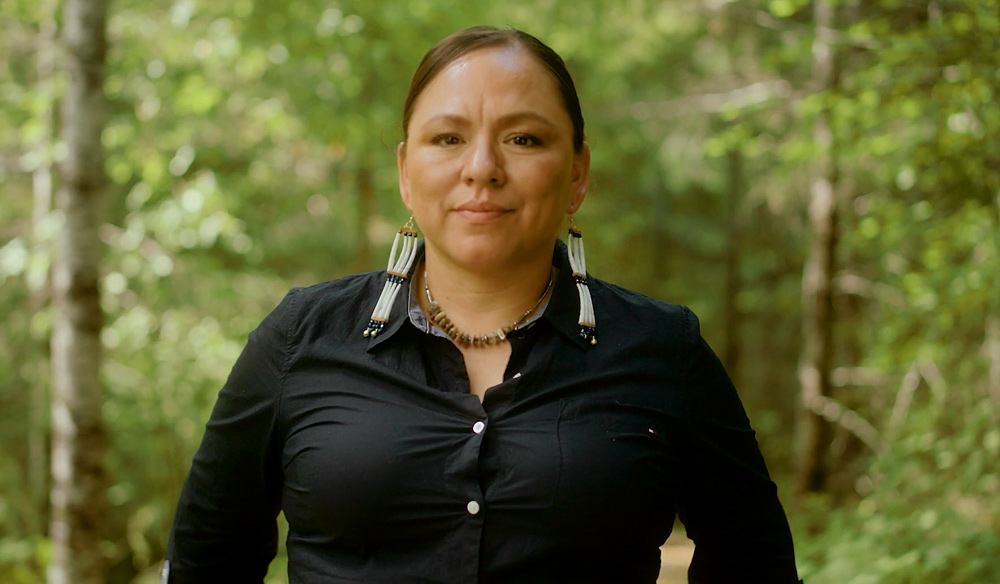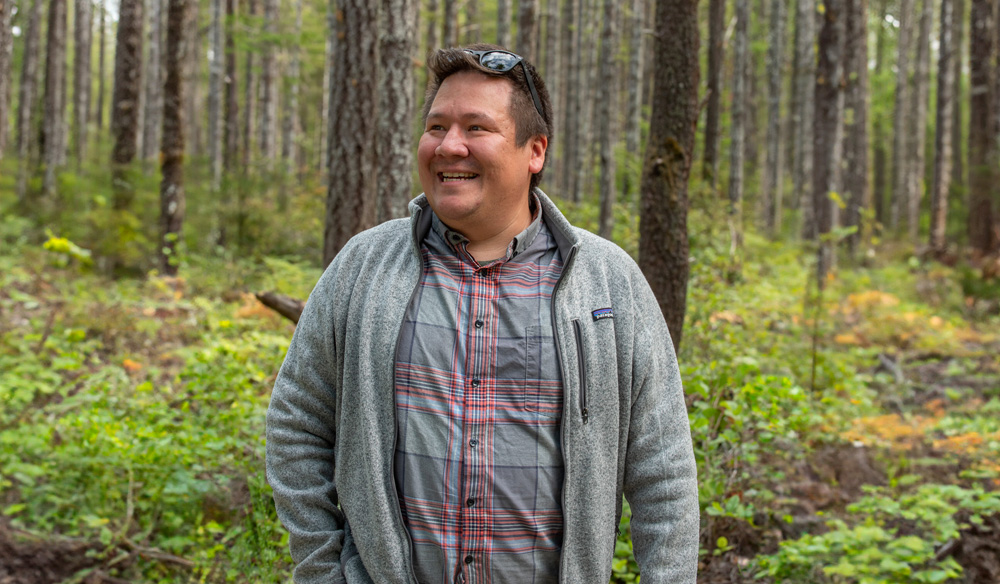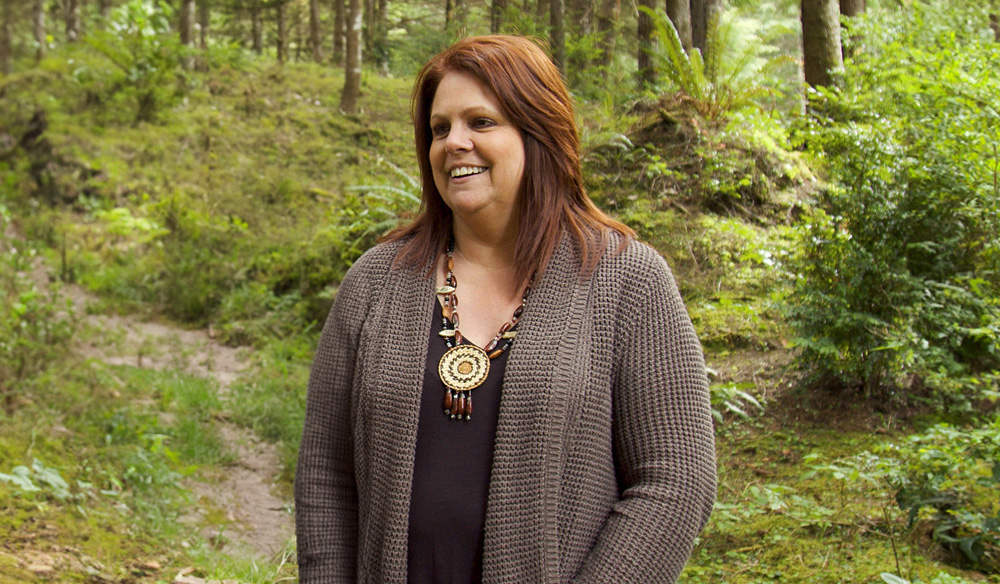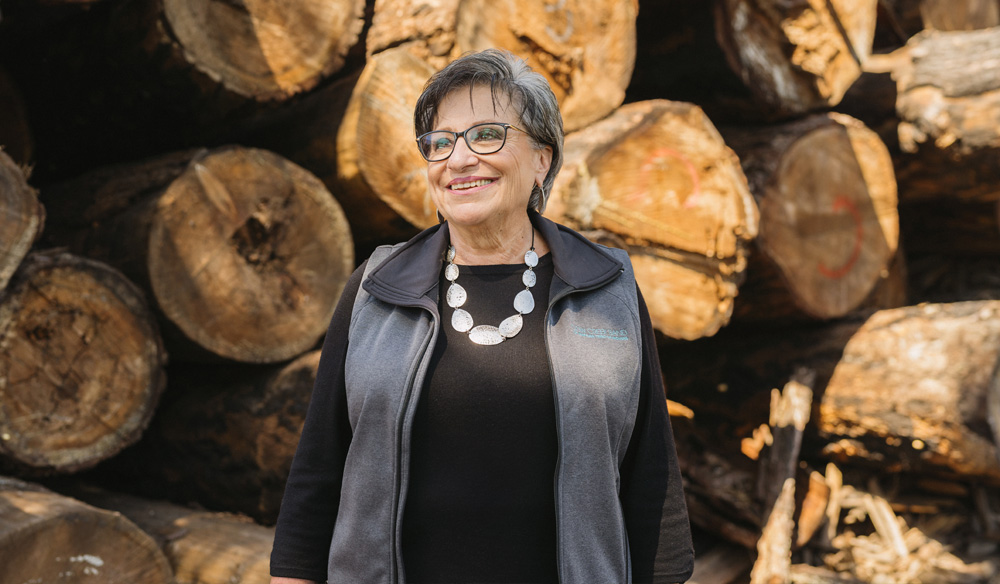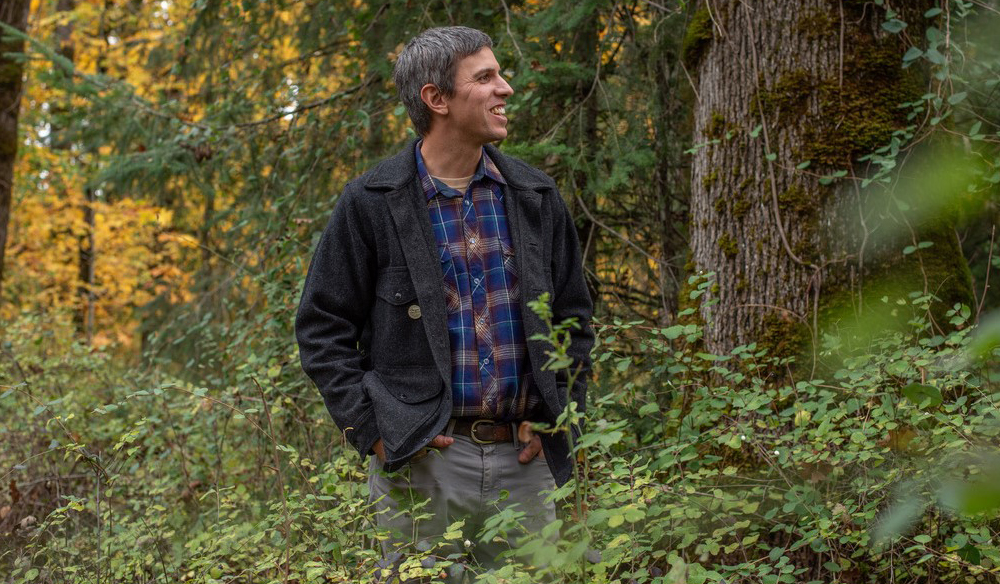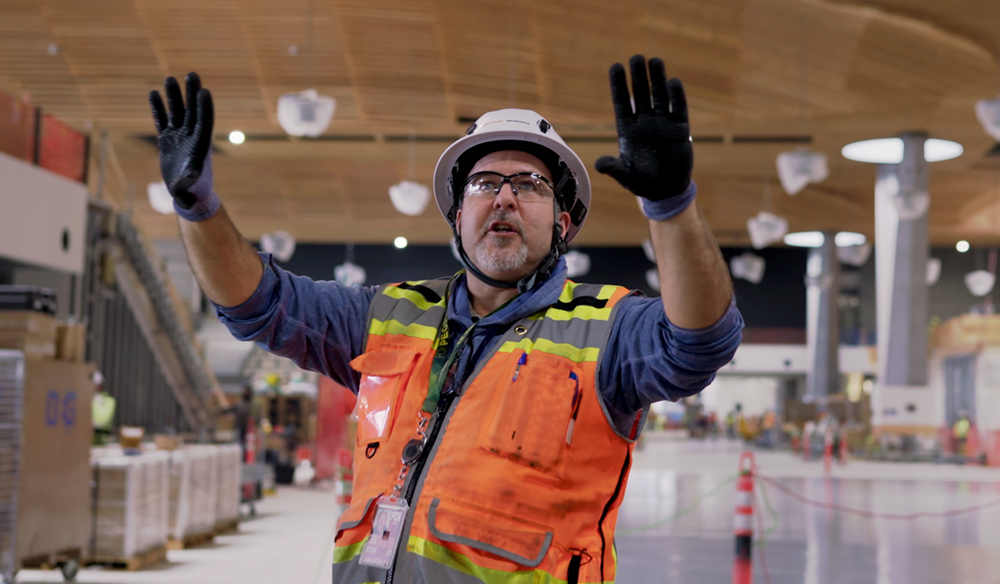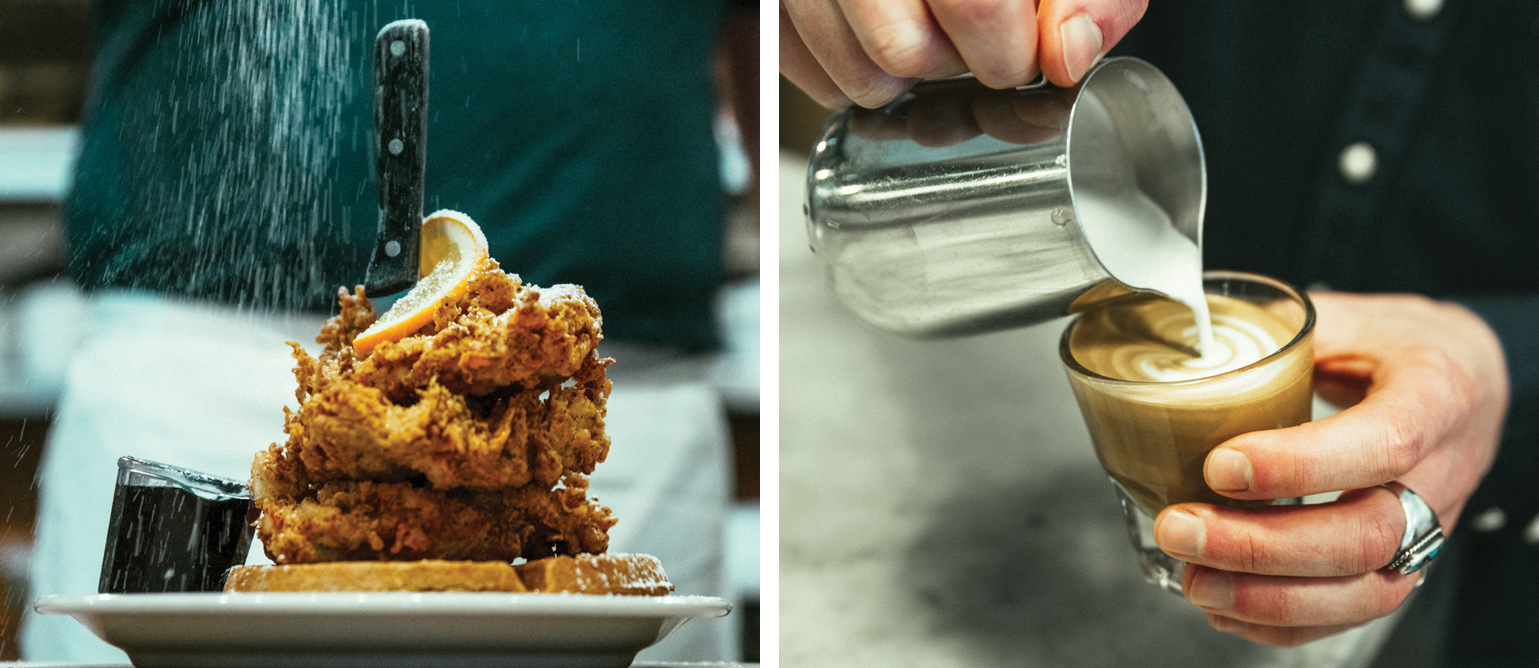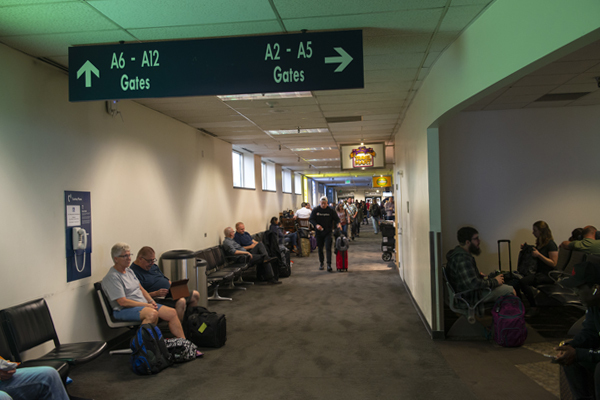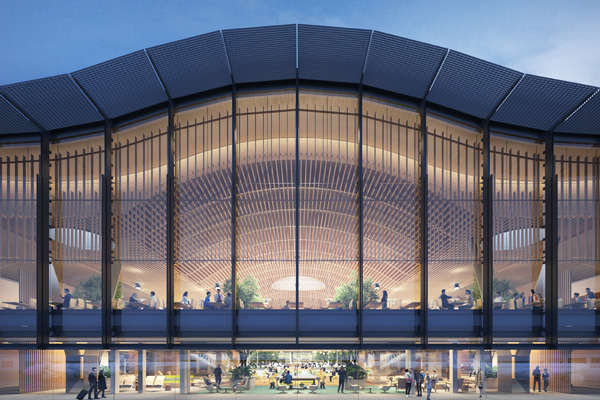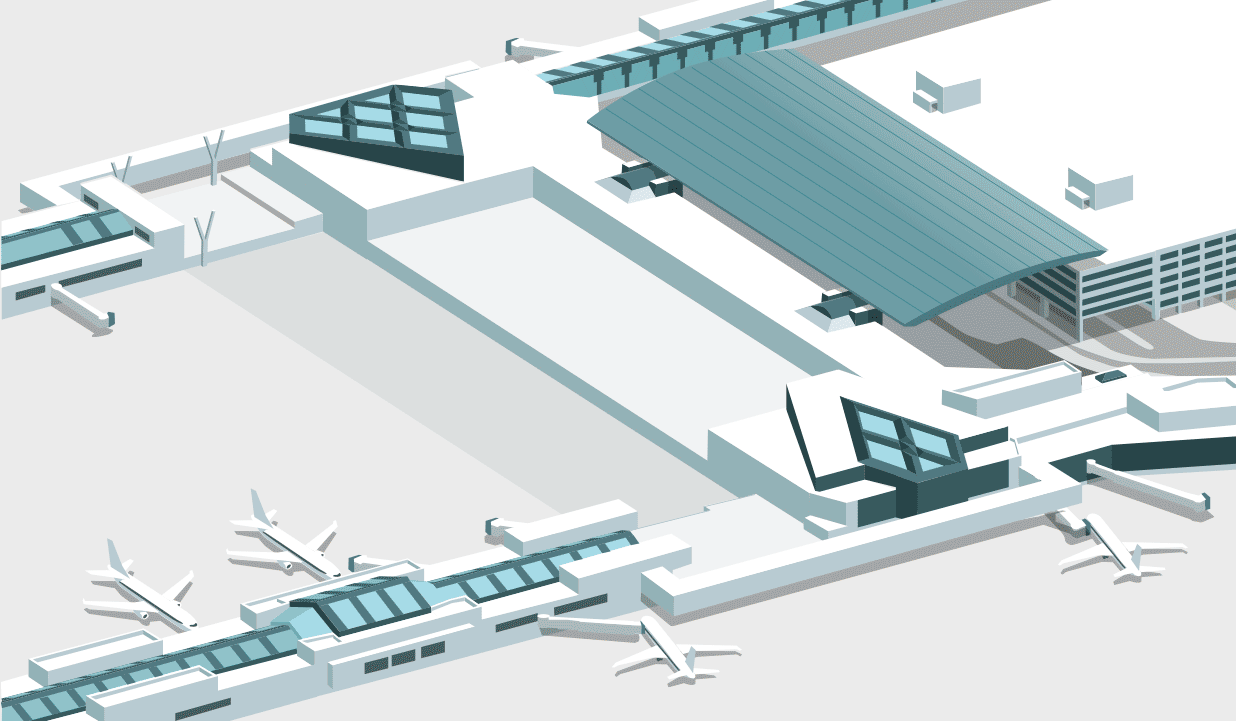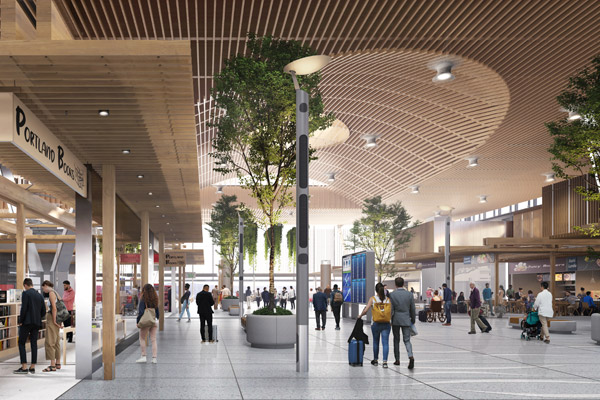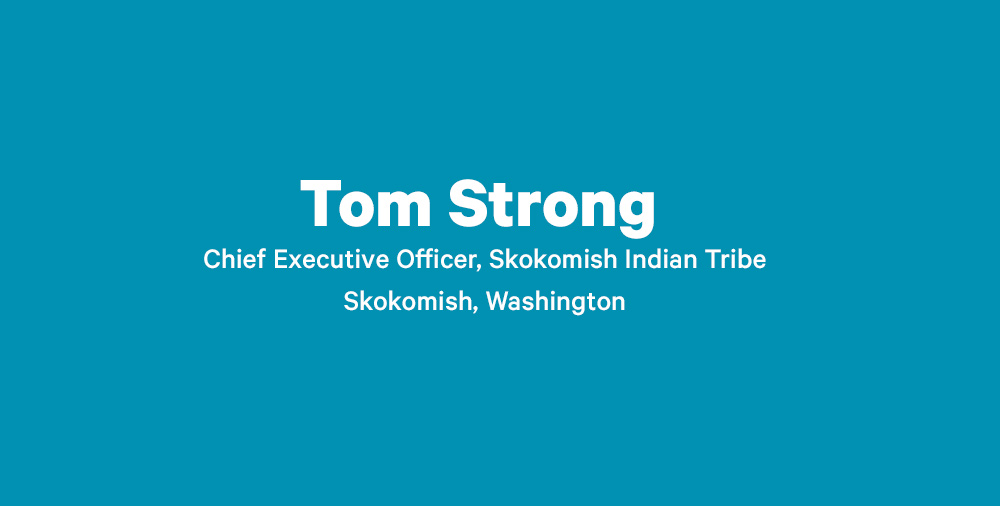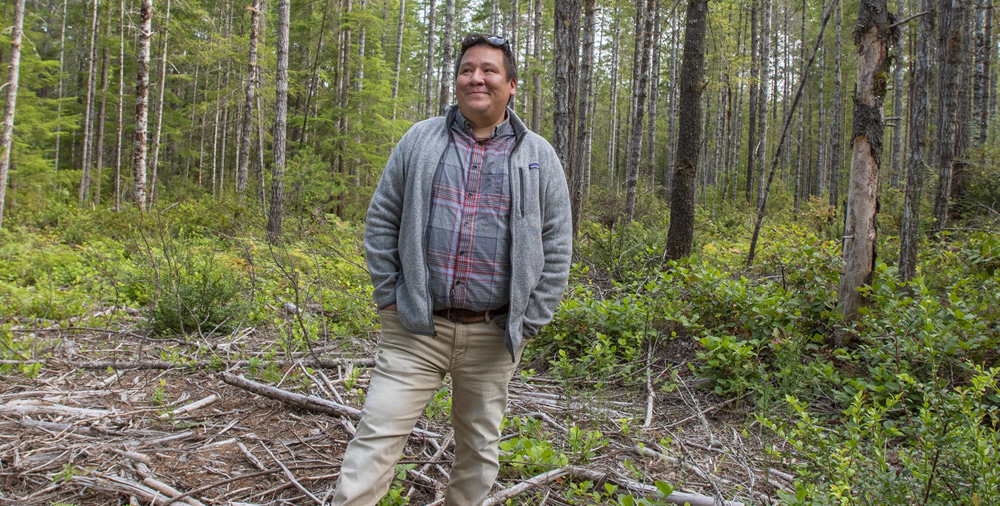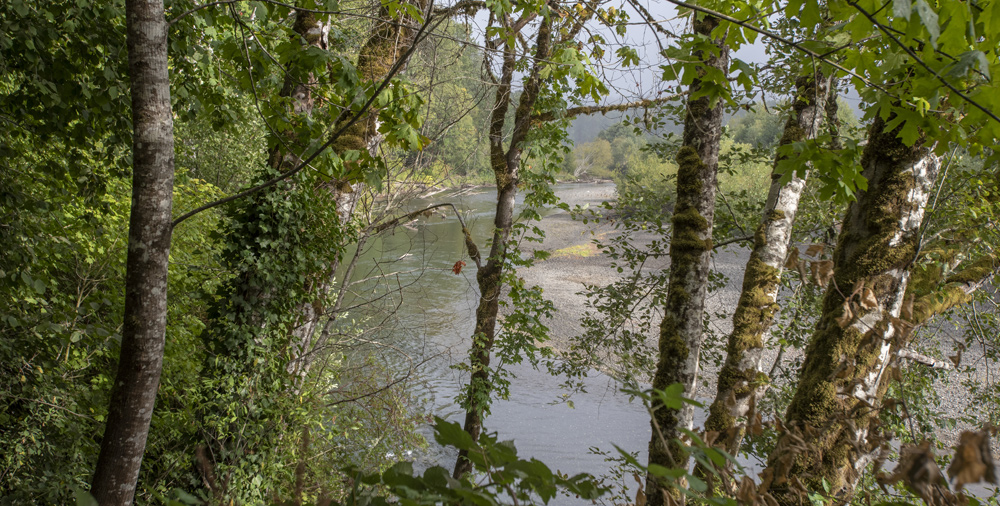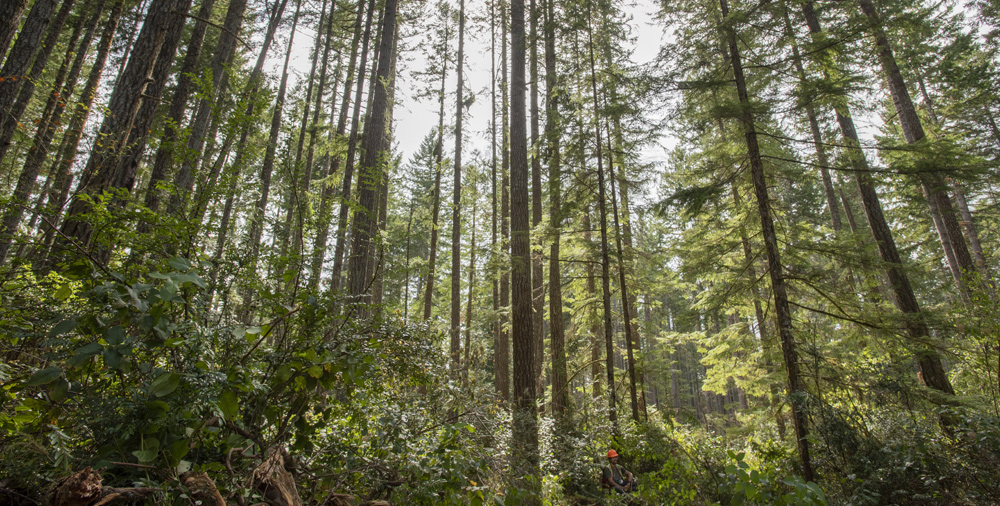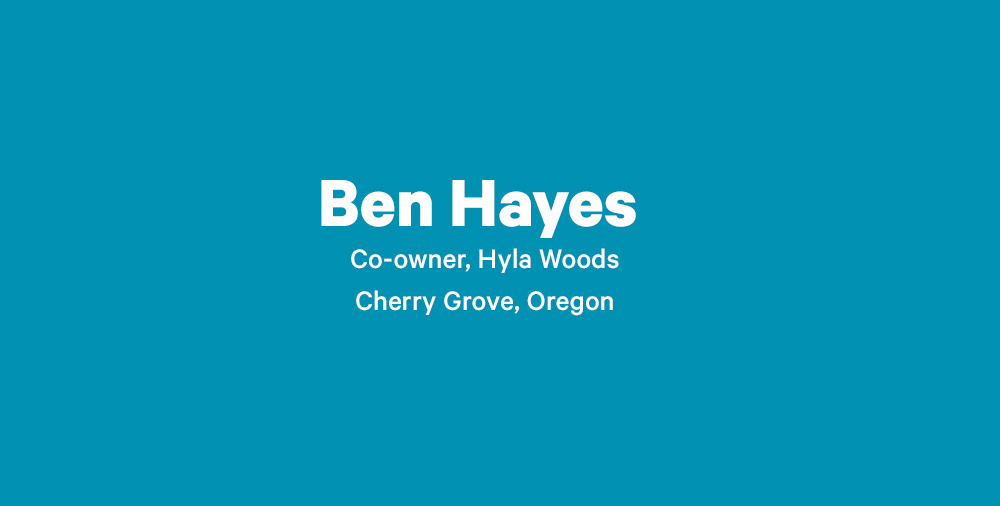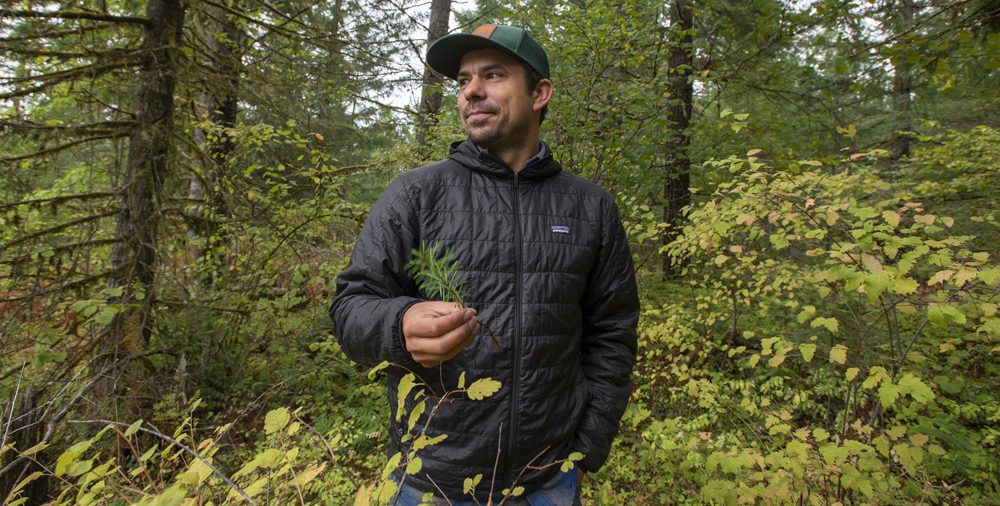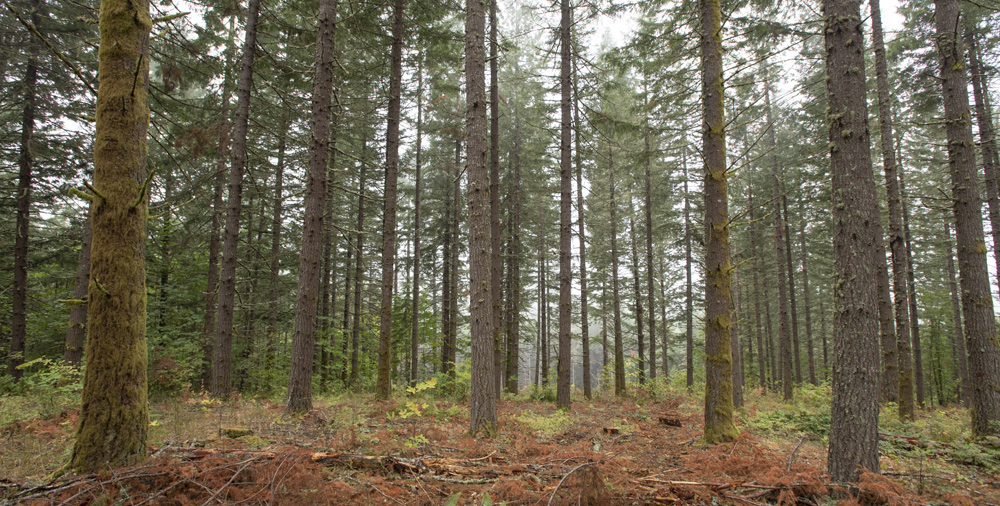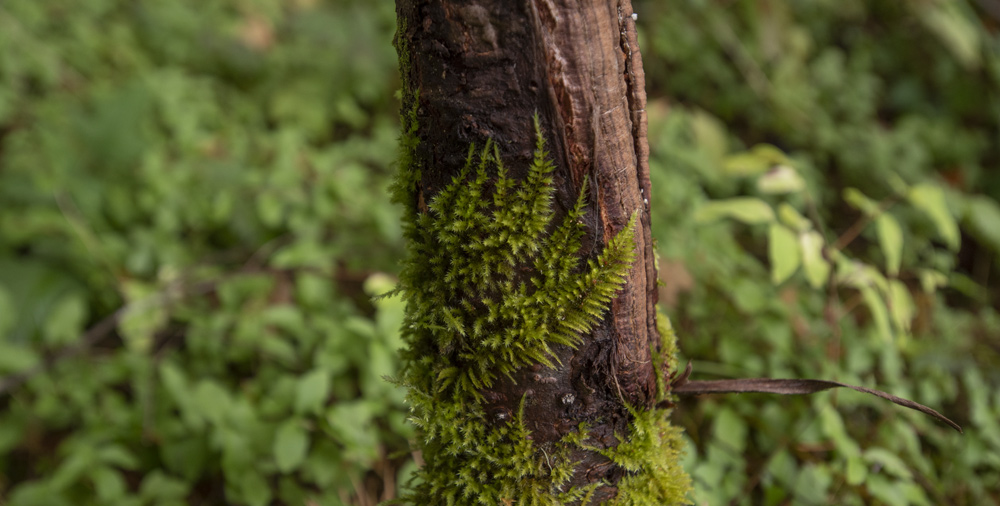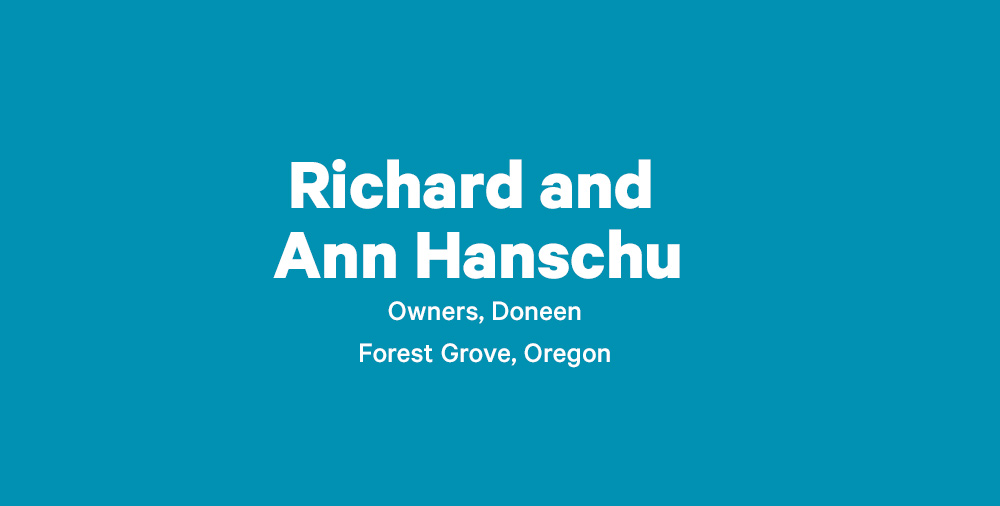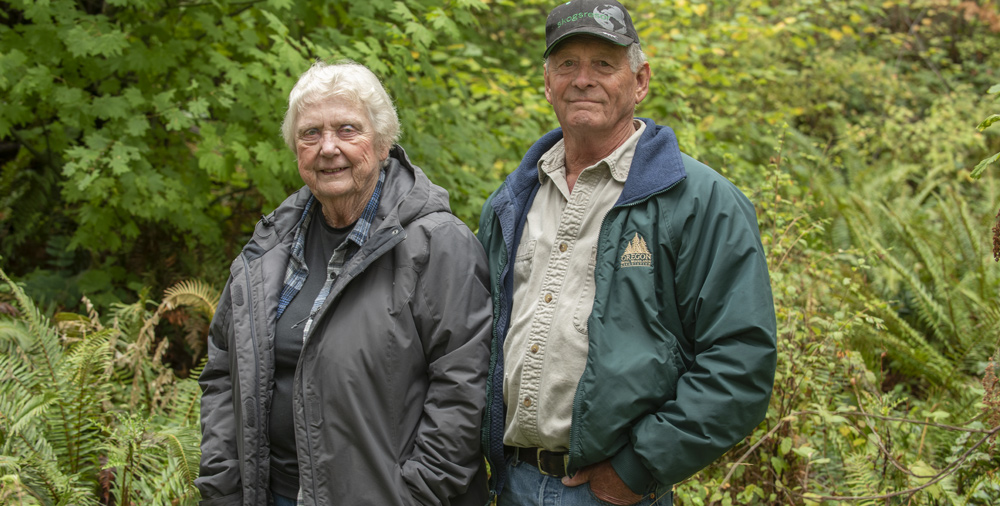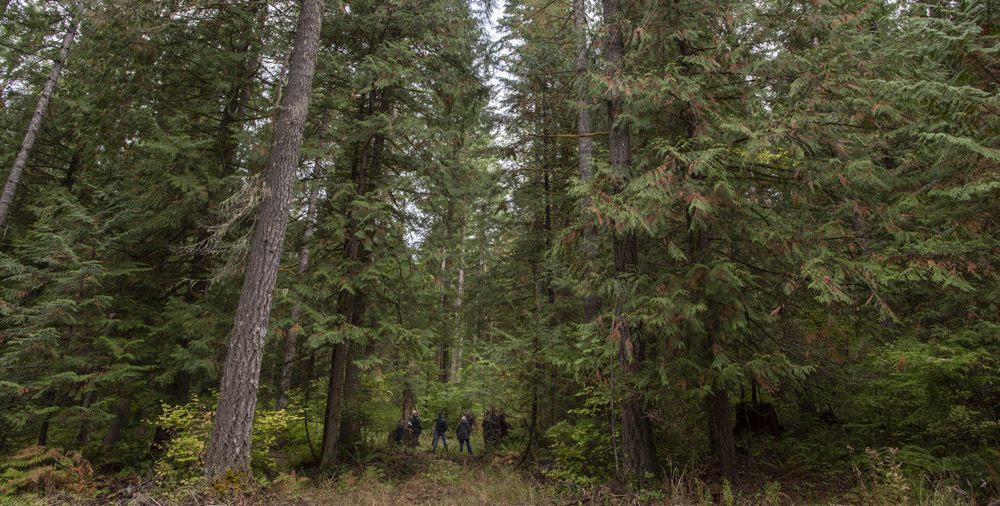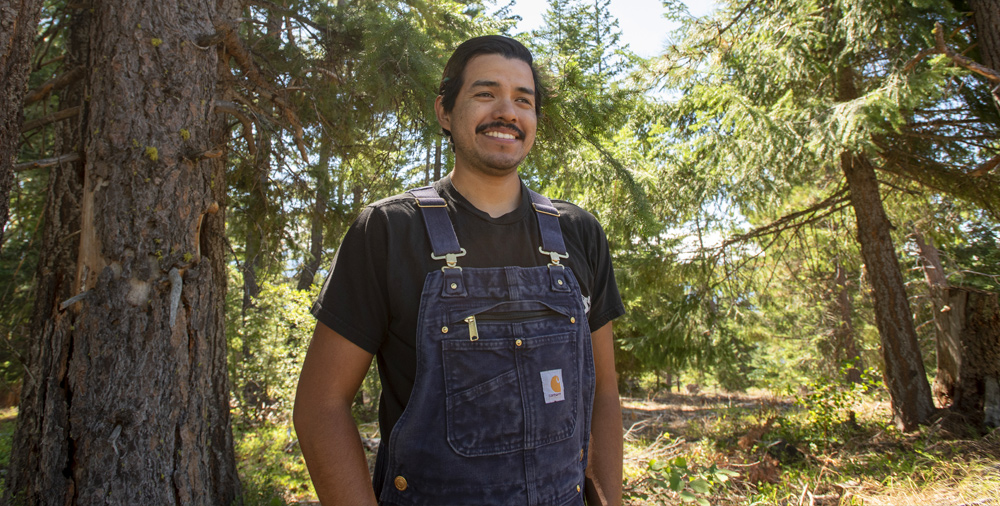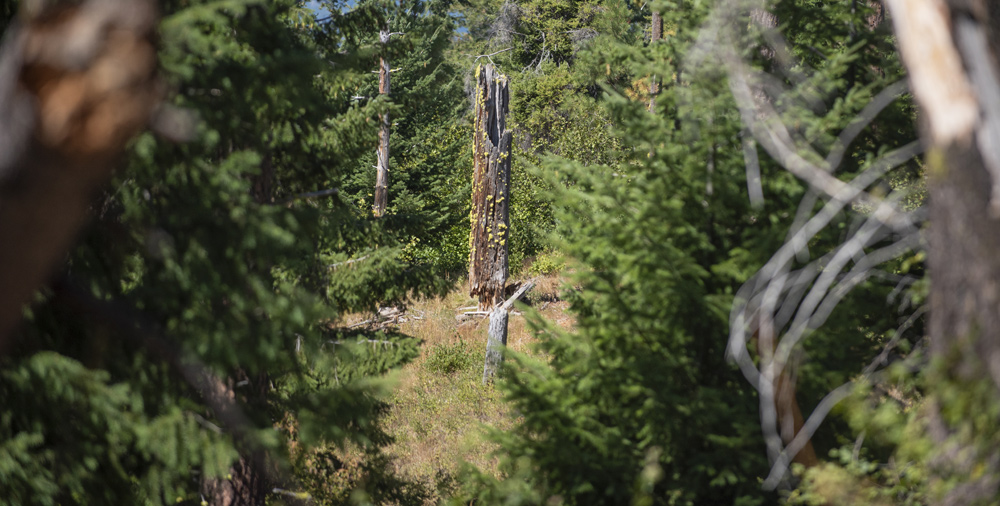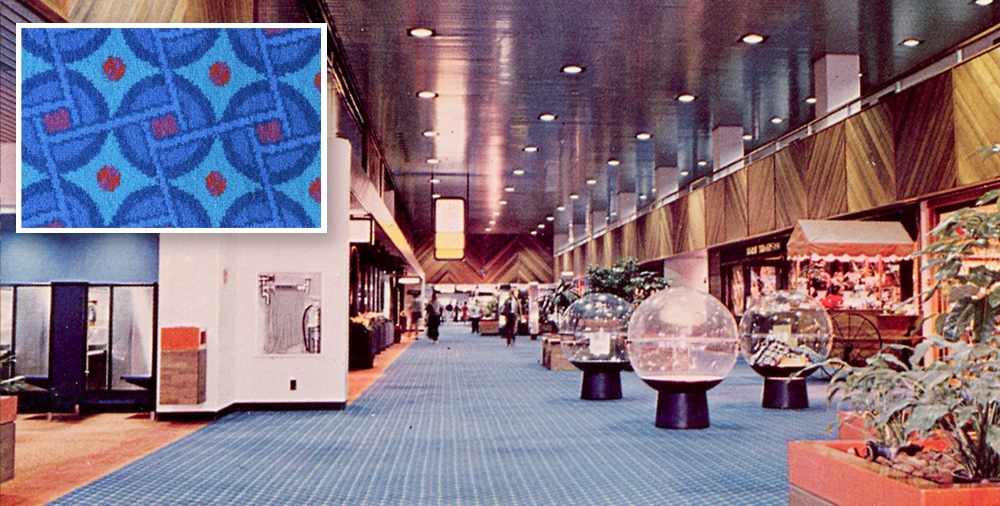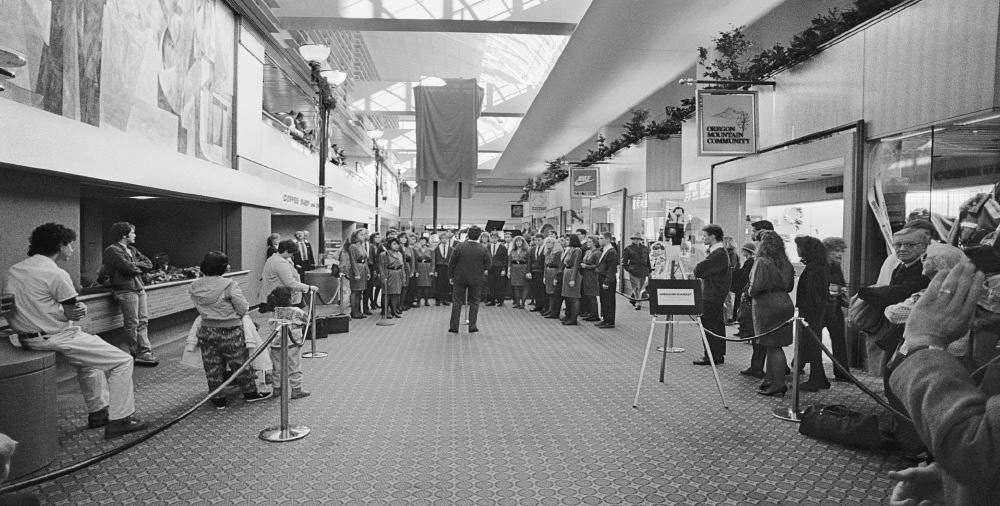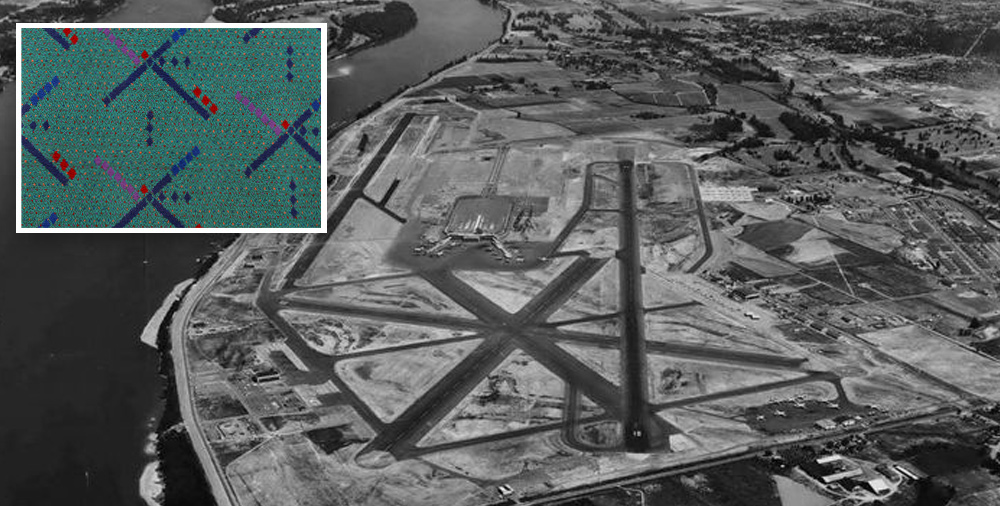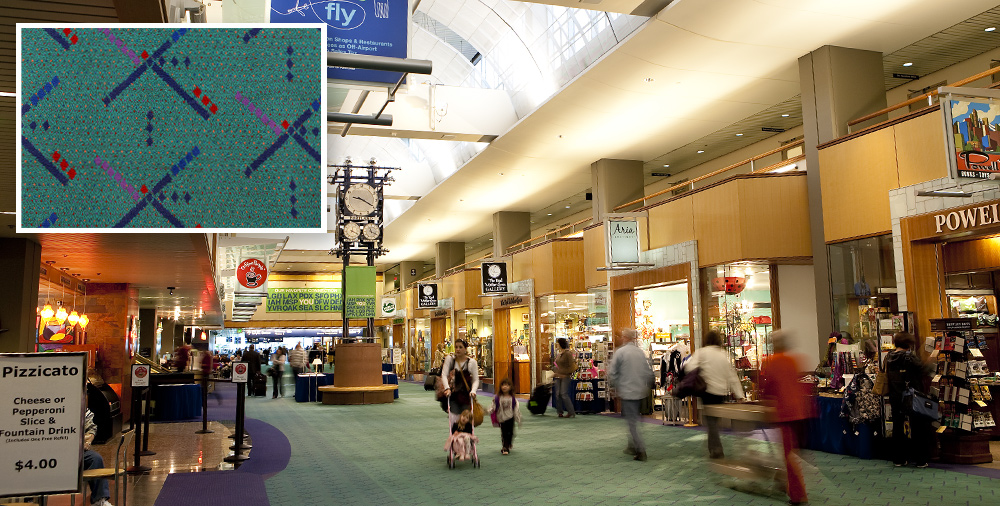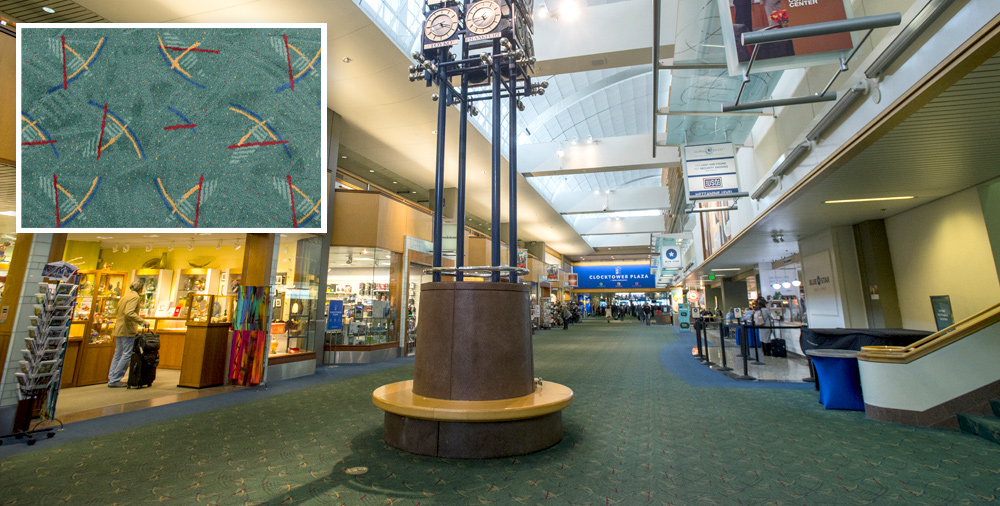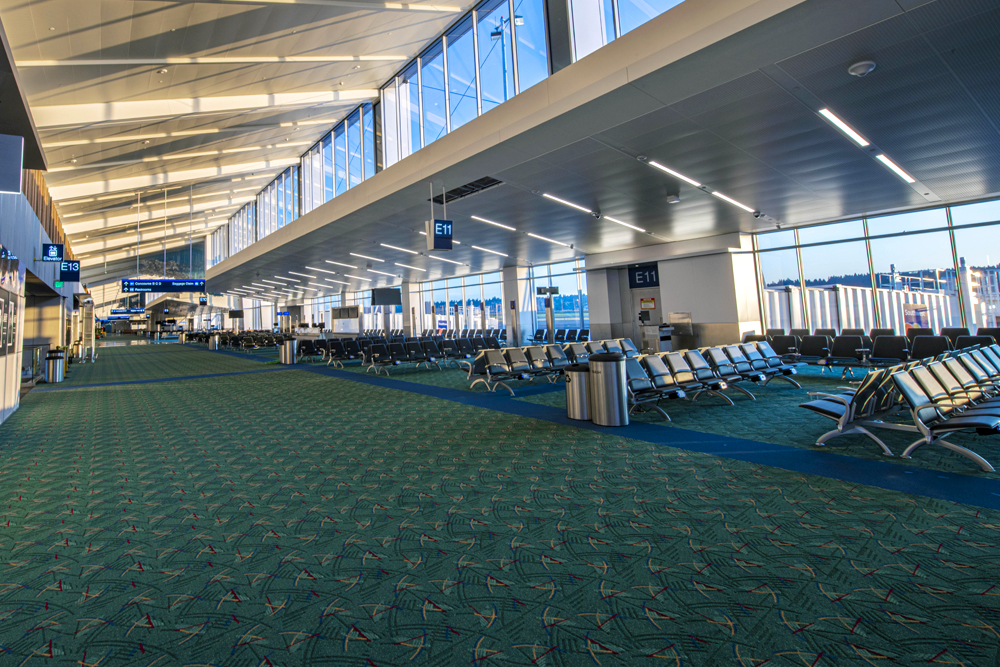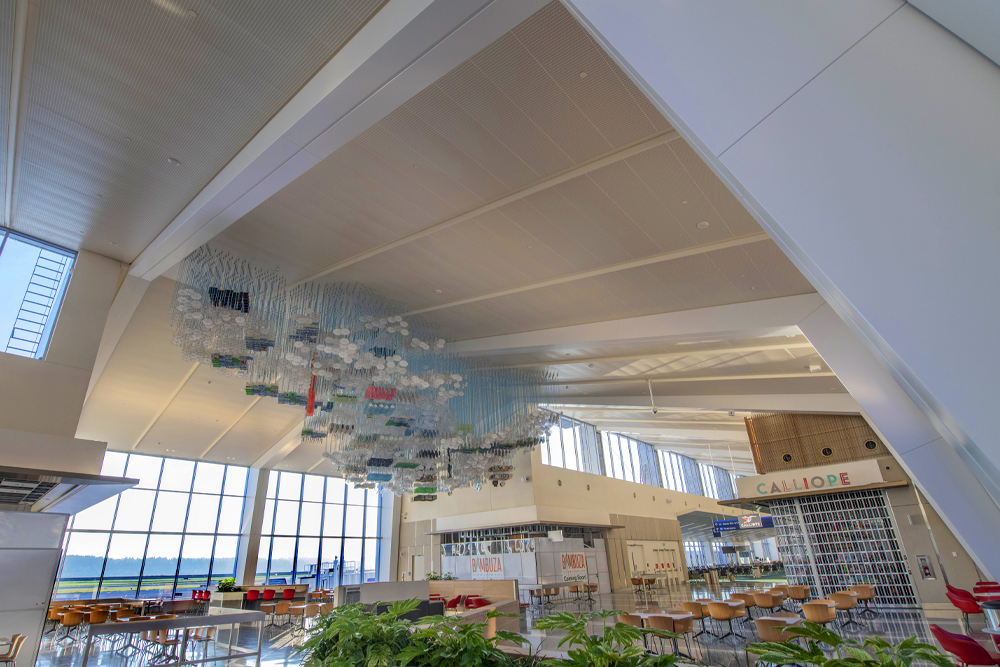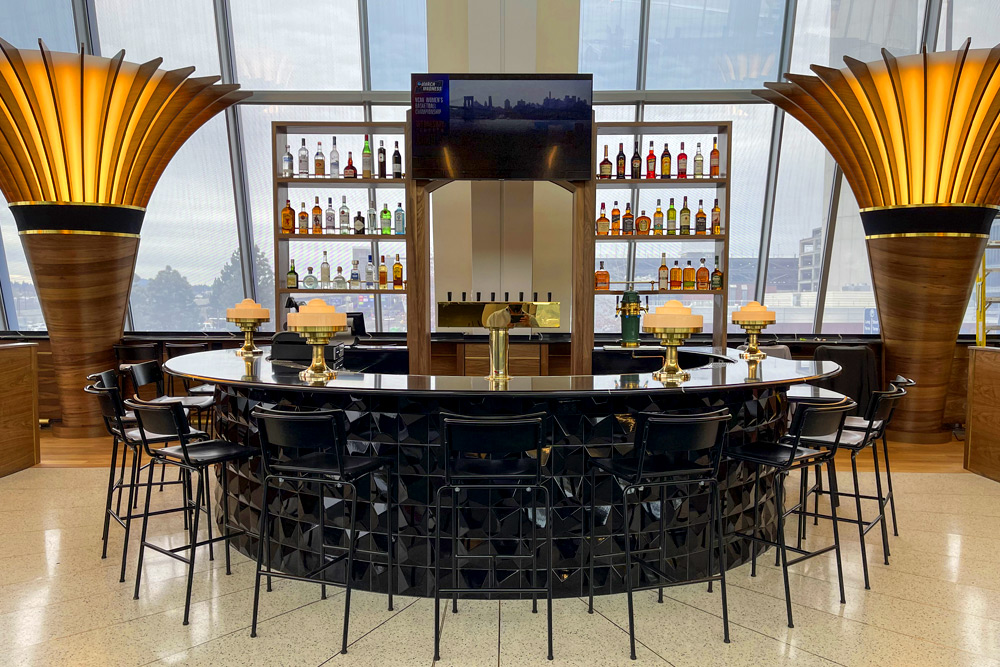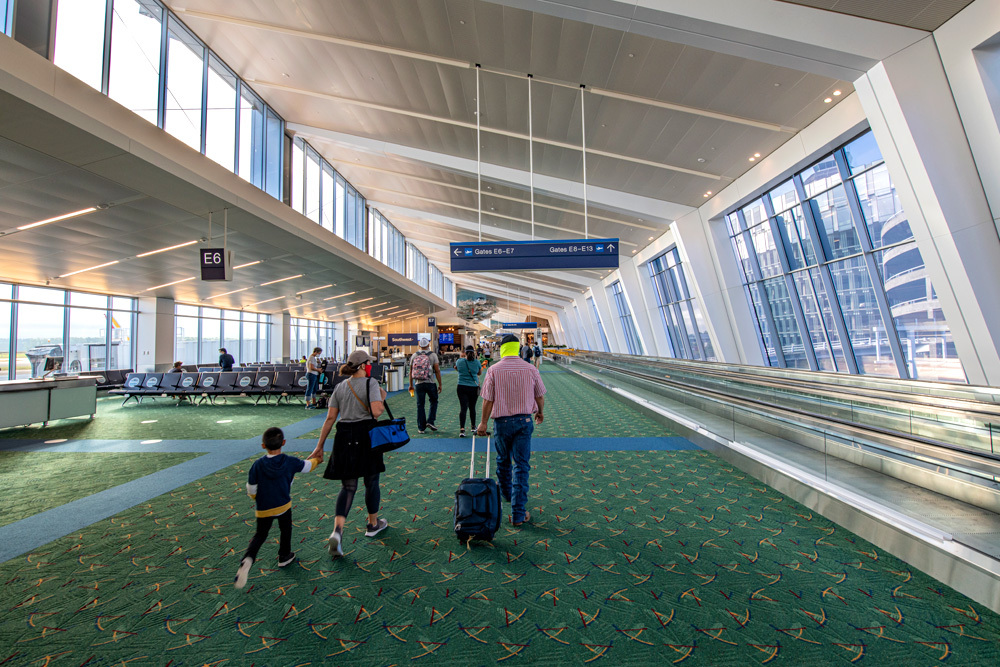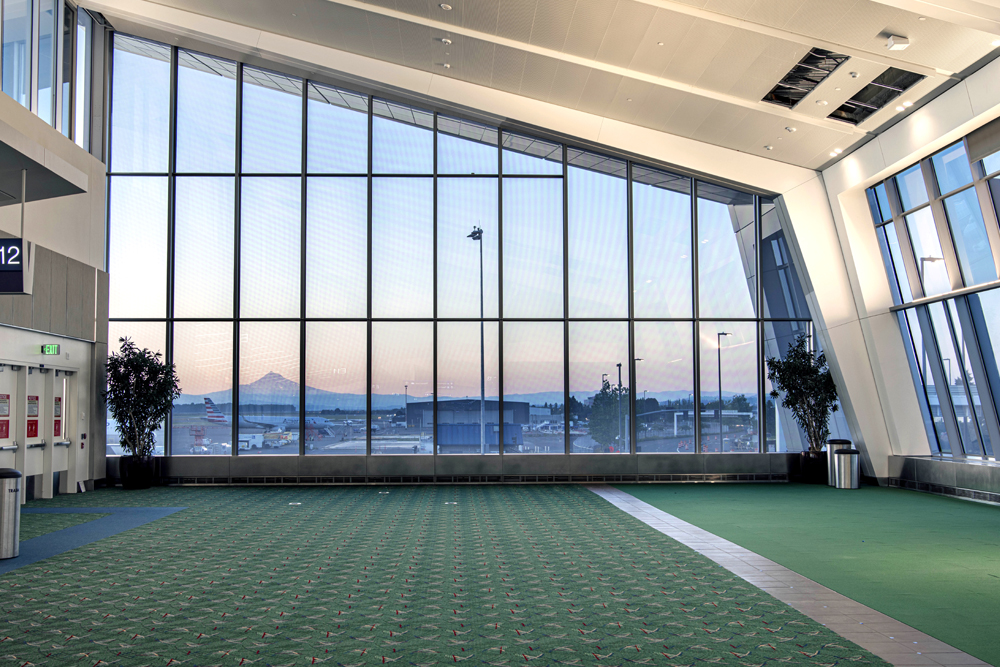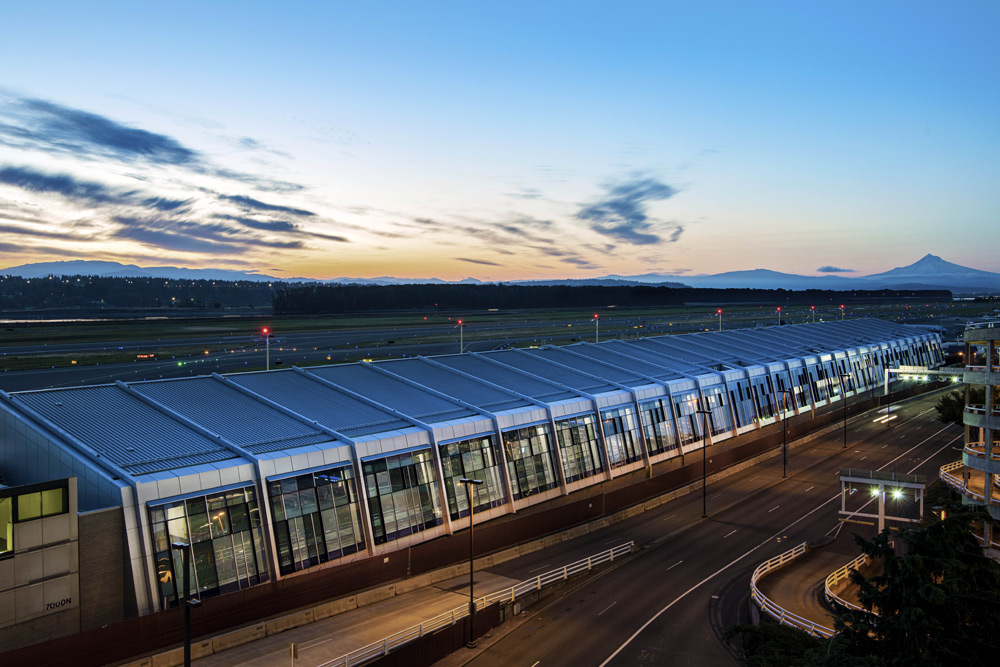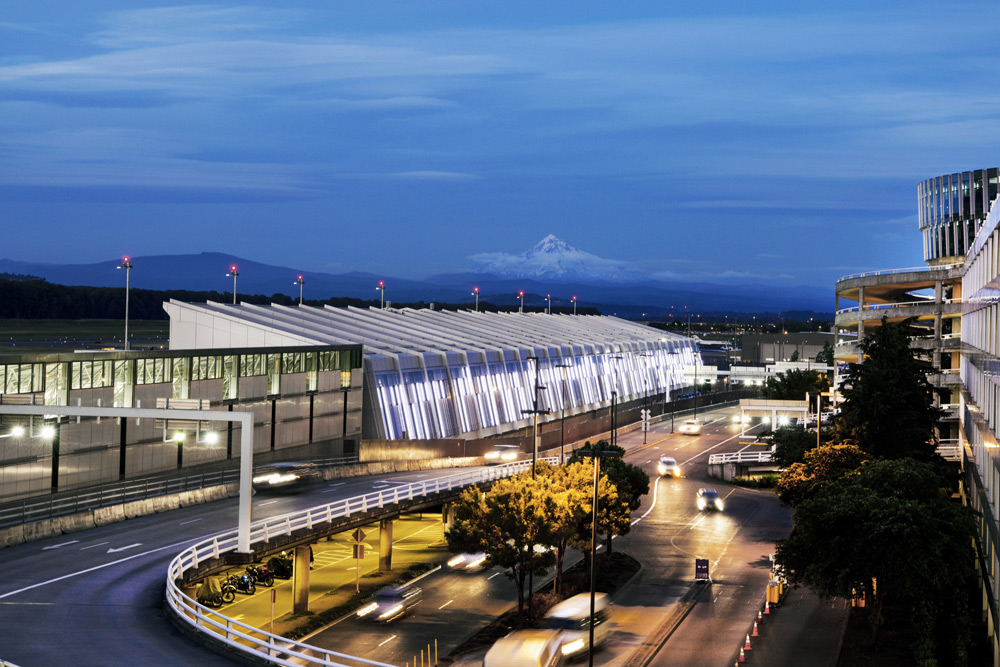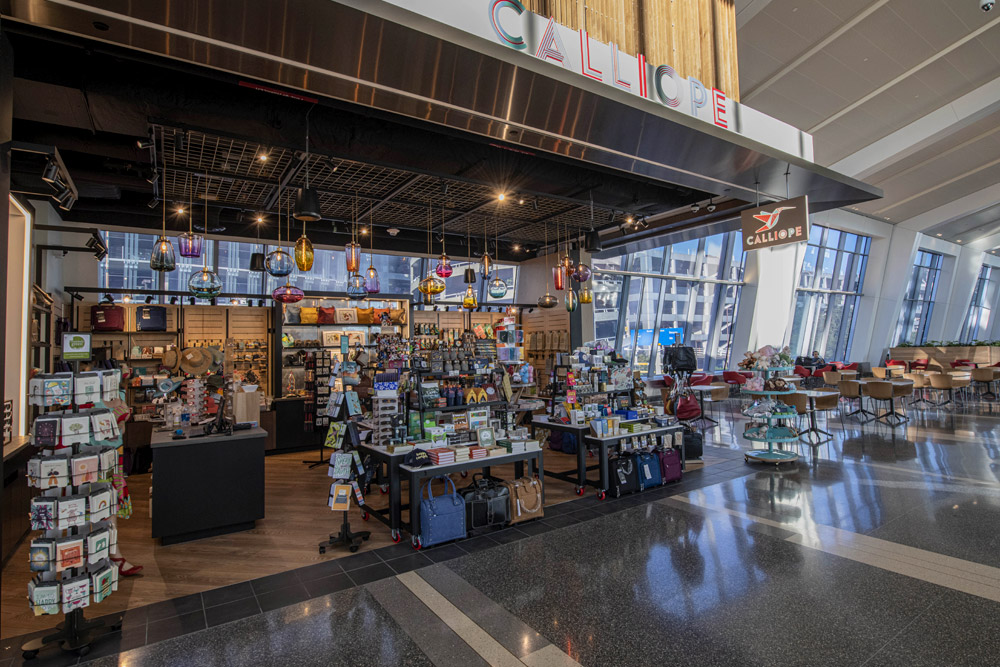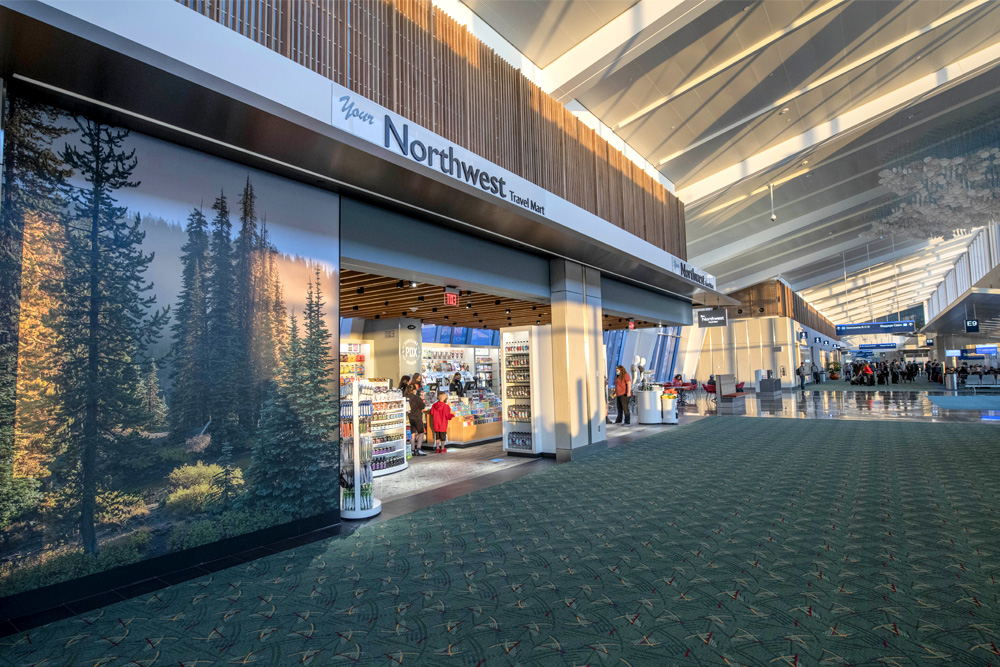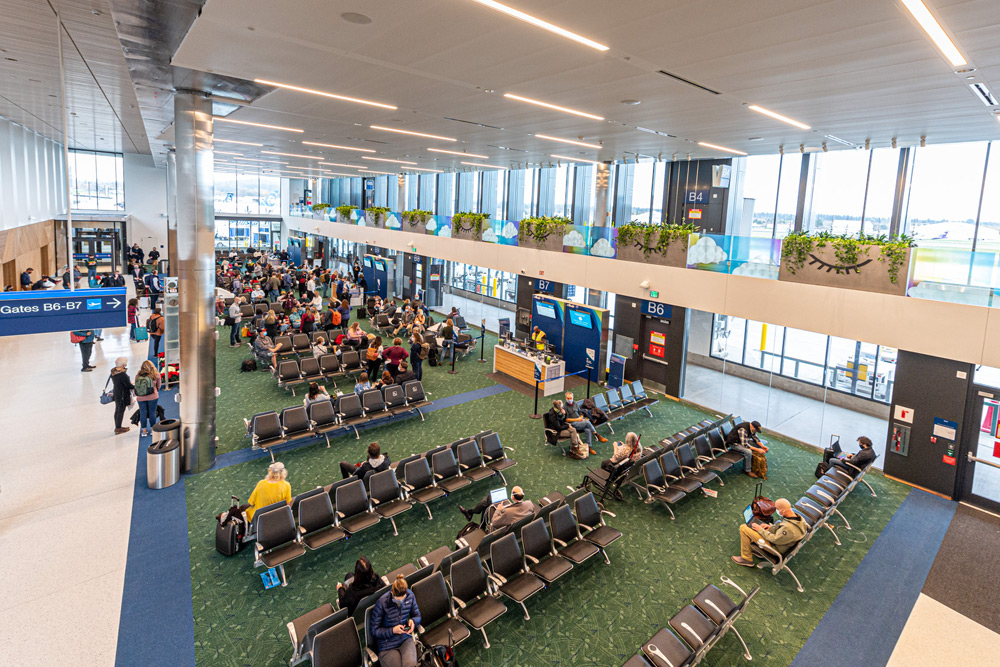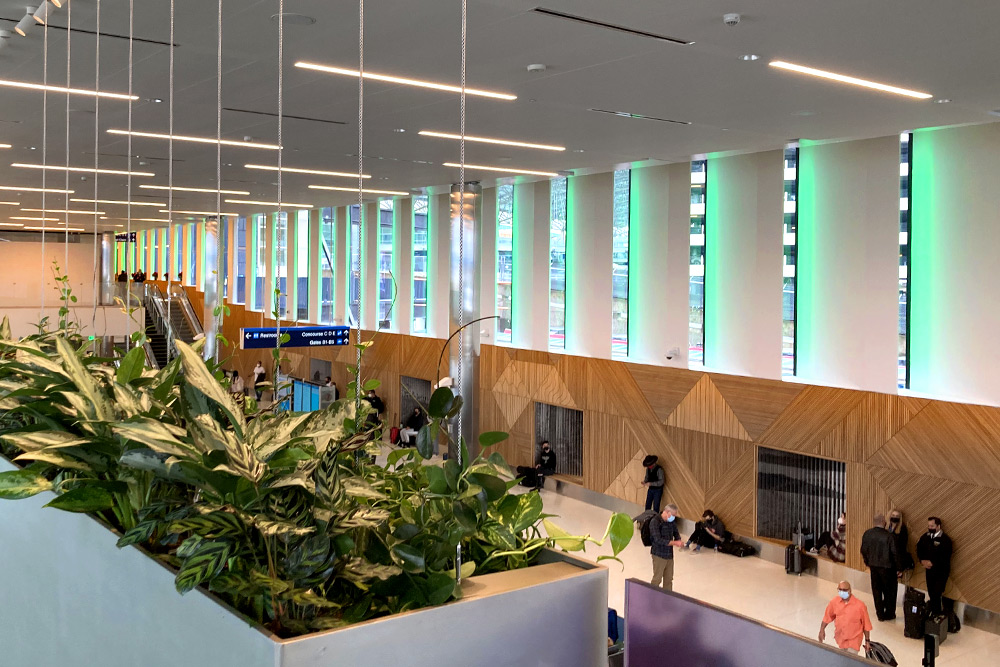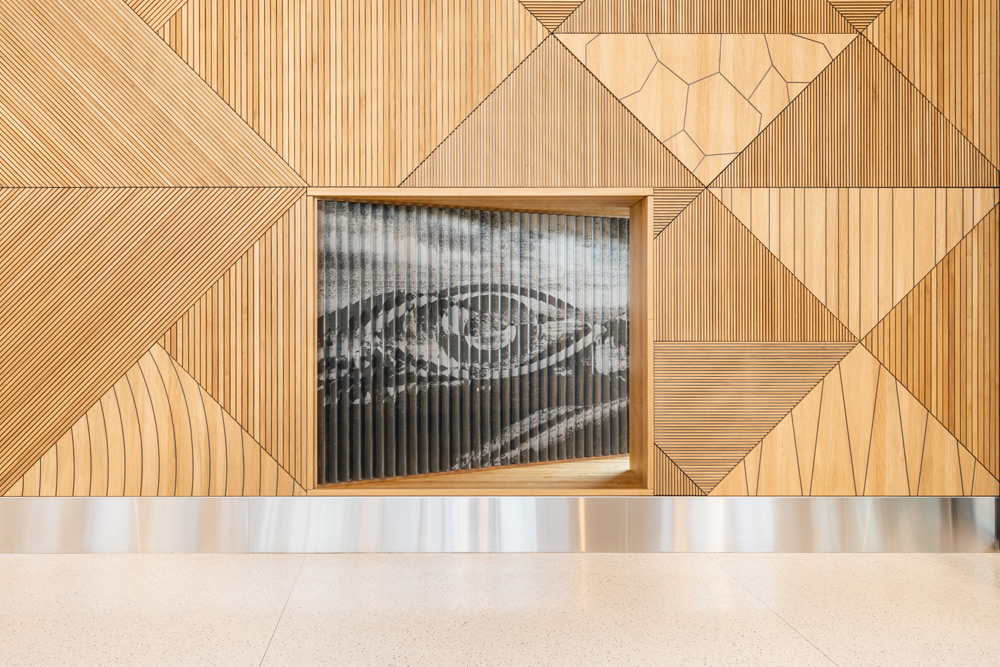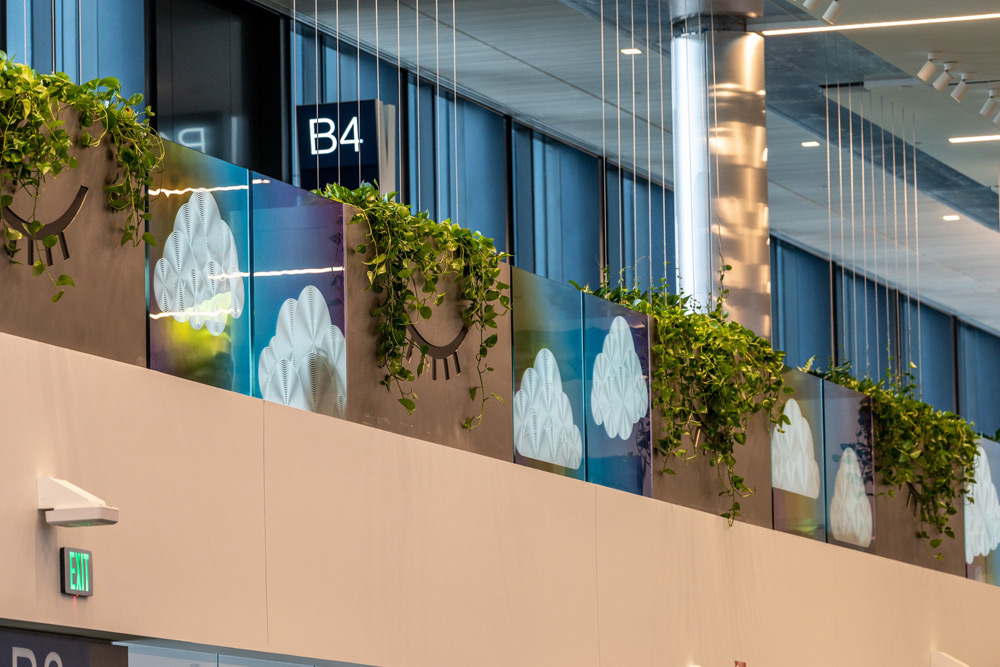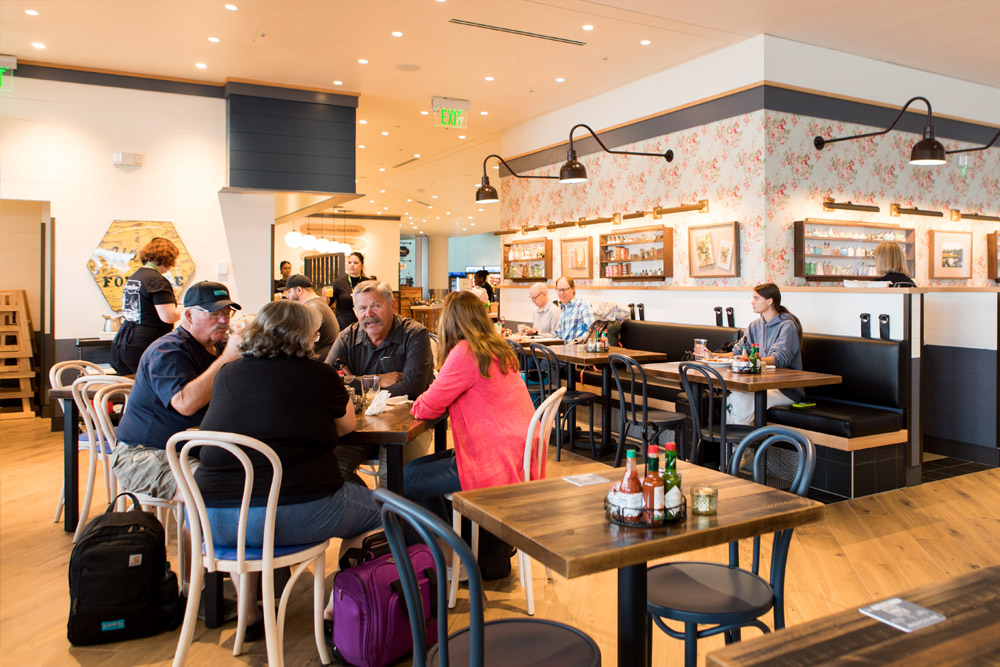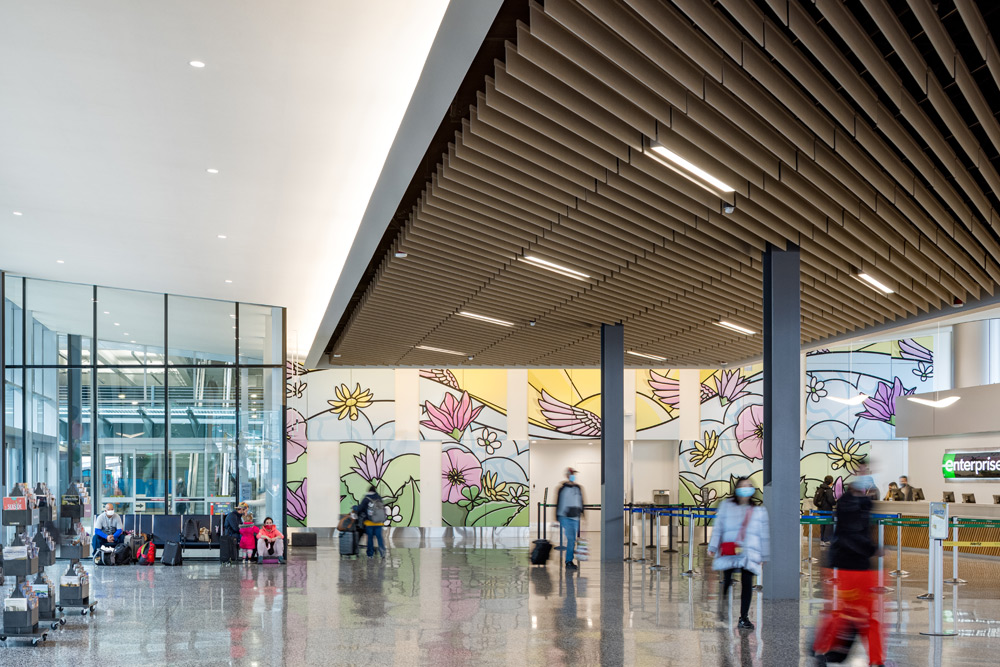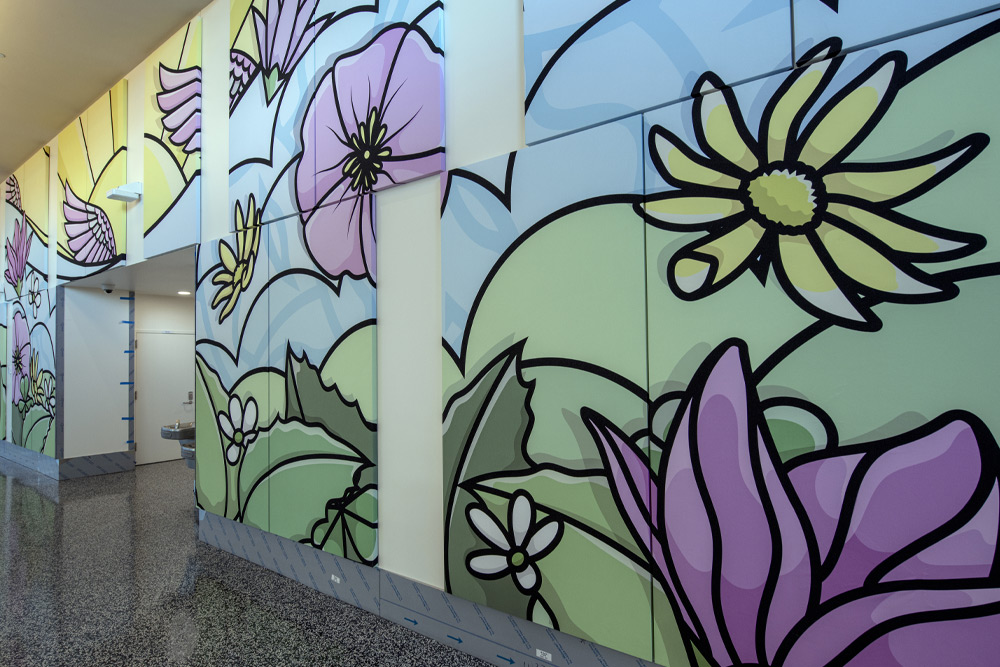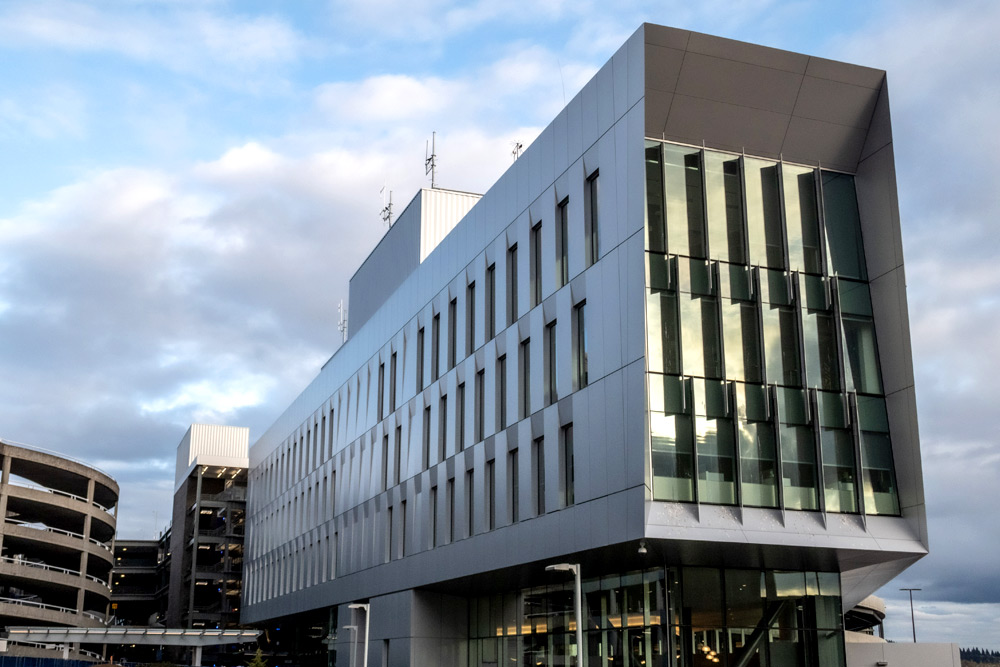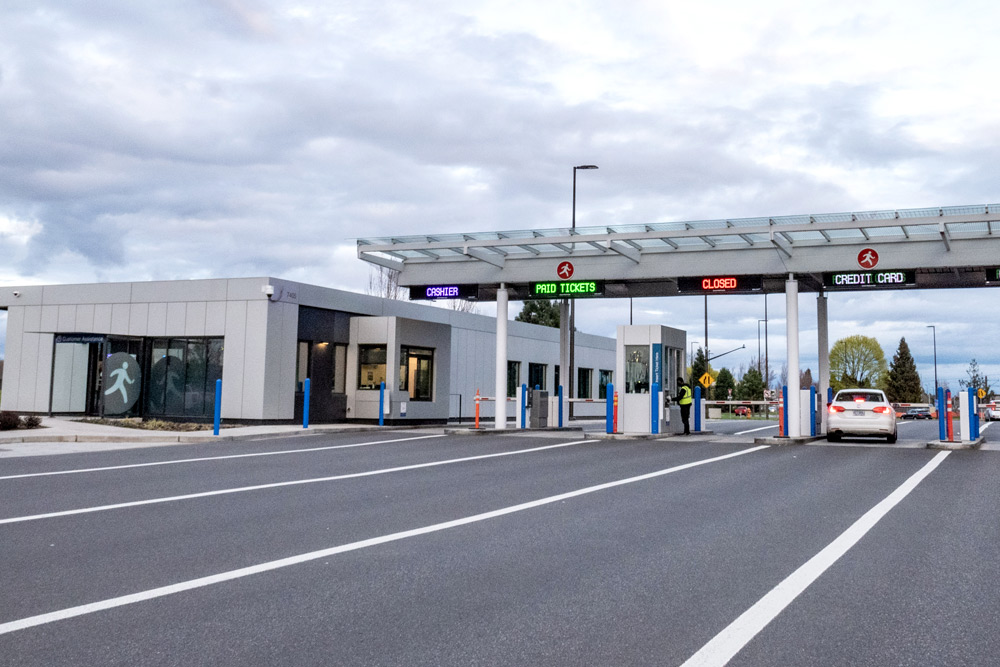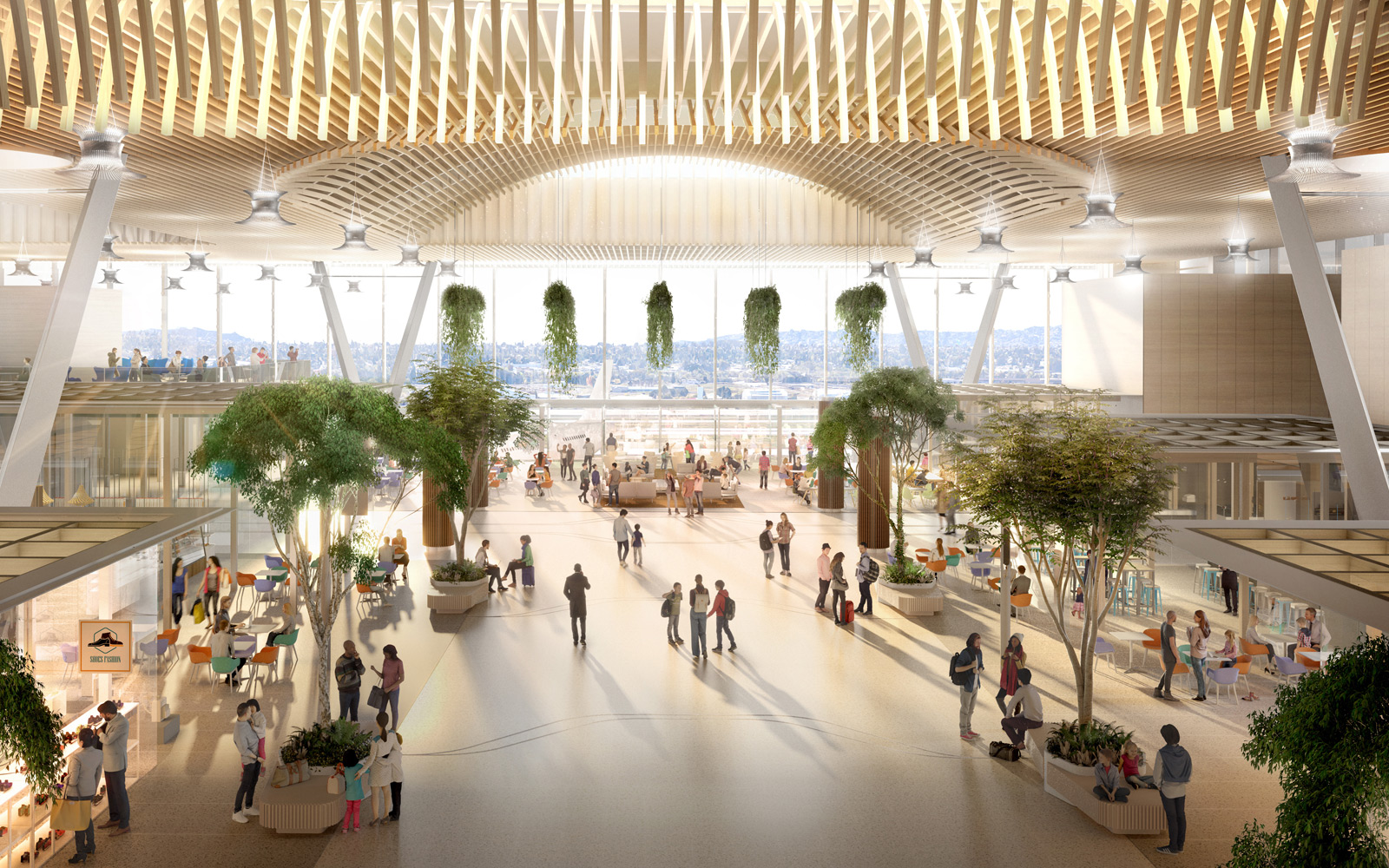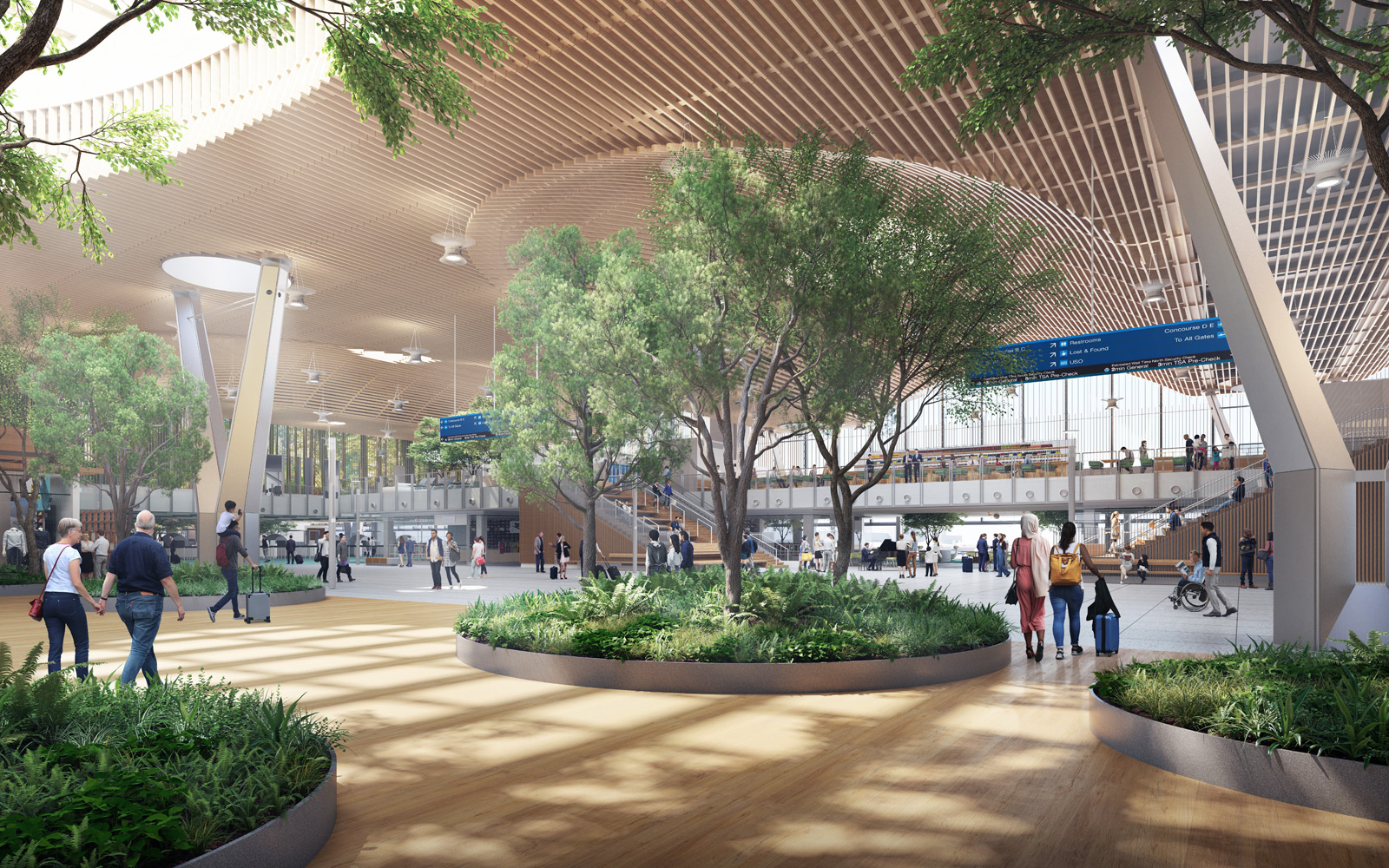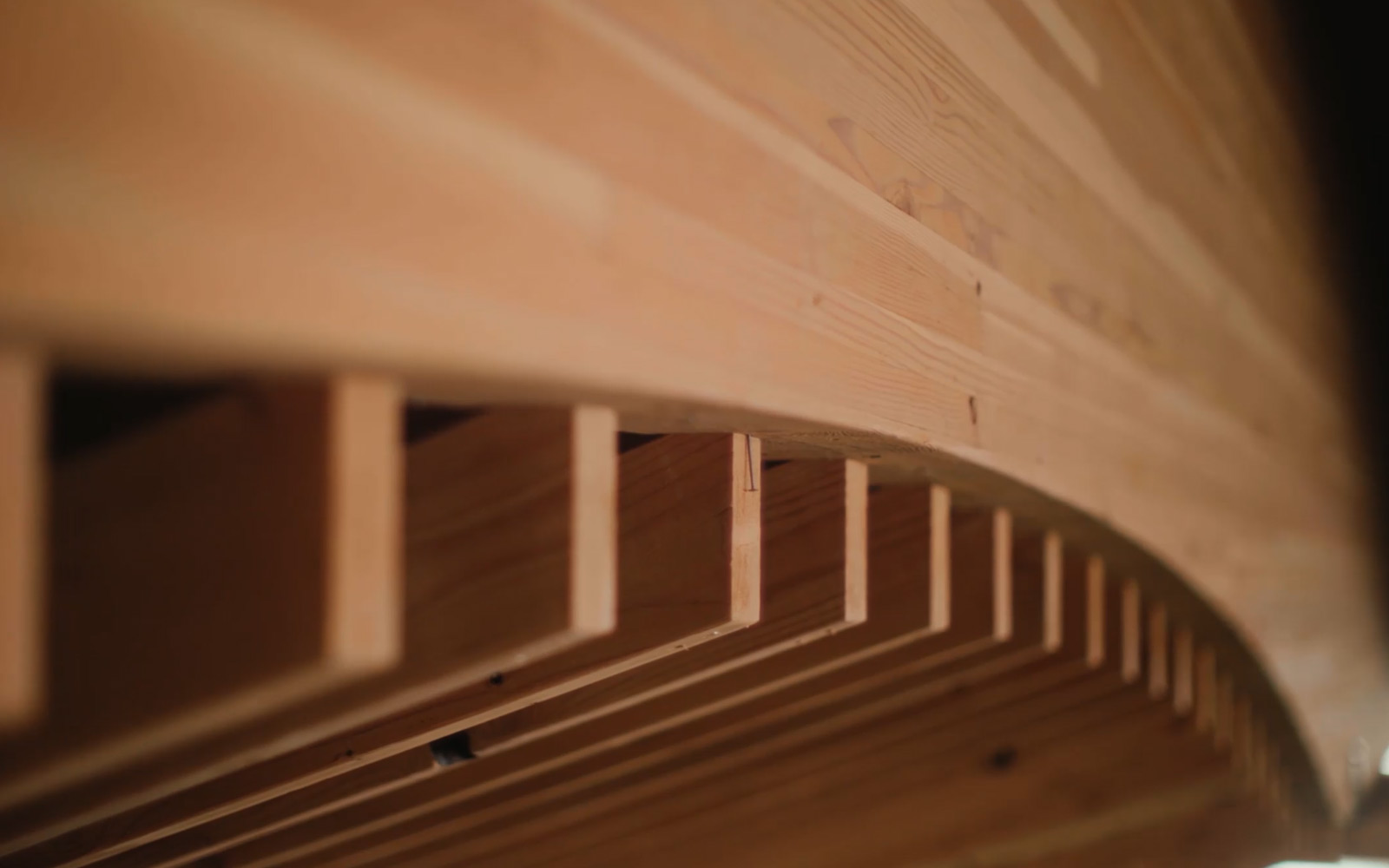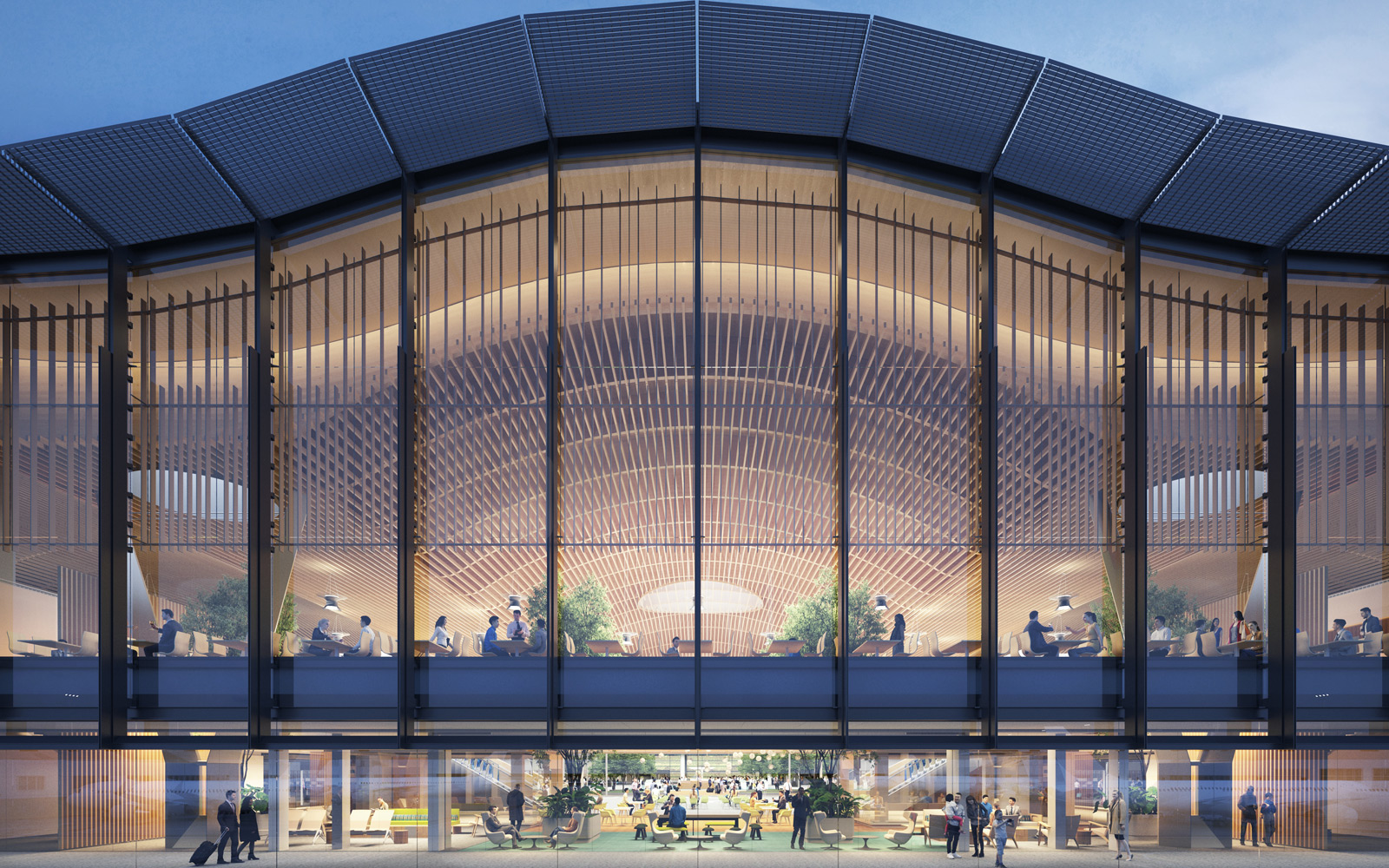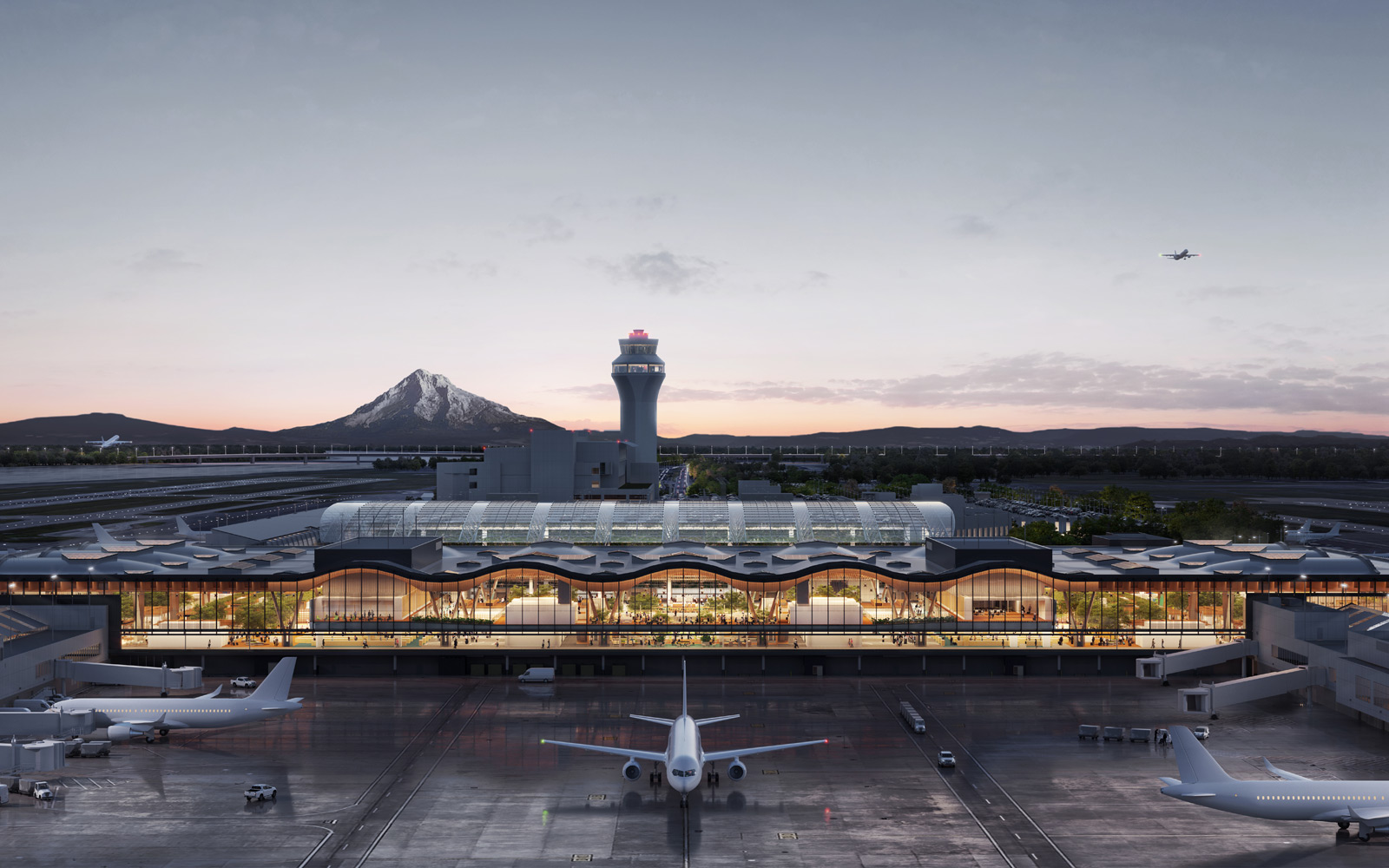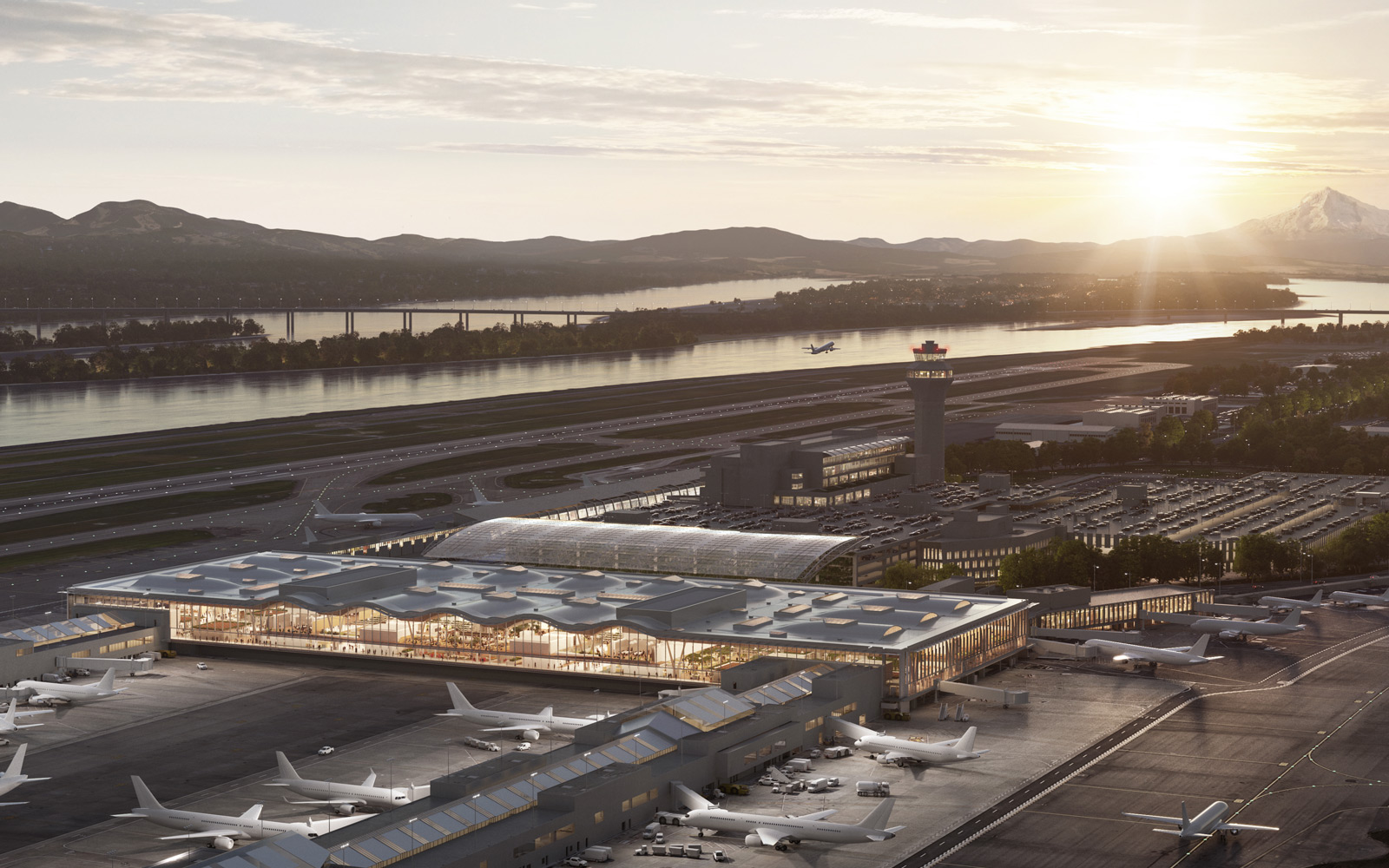Like many entrepreneurs, Nancy Bebek, owner of Prestige Tile & Stone in Beaverton, founded her business on a favorite hobby. “Kitchen backsplashes were my creative way to change up the décor of my home,” she says. “Every year, I'd do another backsplash.”
Meanwhile, Nancy’s son, Nick, was apprenticing as a commercial tile setter. When Nick asked his mother if she’d go into business with him, Nancy agreed—and then obtained a commercial contractor license so she could manage their projects. The two founded Prestige in 2009. In the early days, Nancy would drum up business by stopping at construction sites to ask if they needed help with tiles.
Prestige’s success took off, Nancy says, after she participated in the Port of Portland's Small Business Mentor-Protégé program. Almost 150 small businesses have graduated from the three-year program since it started in 1995. Many, like Prestige, are owned by women or people of color.
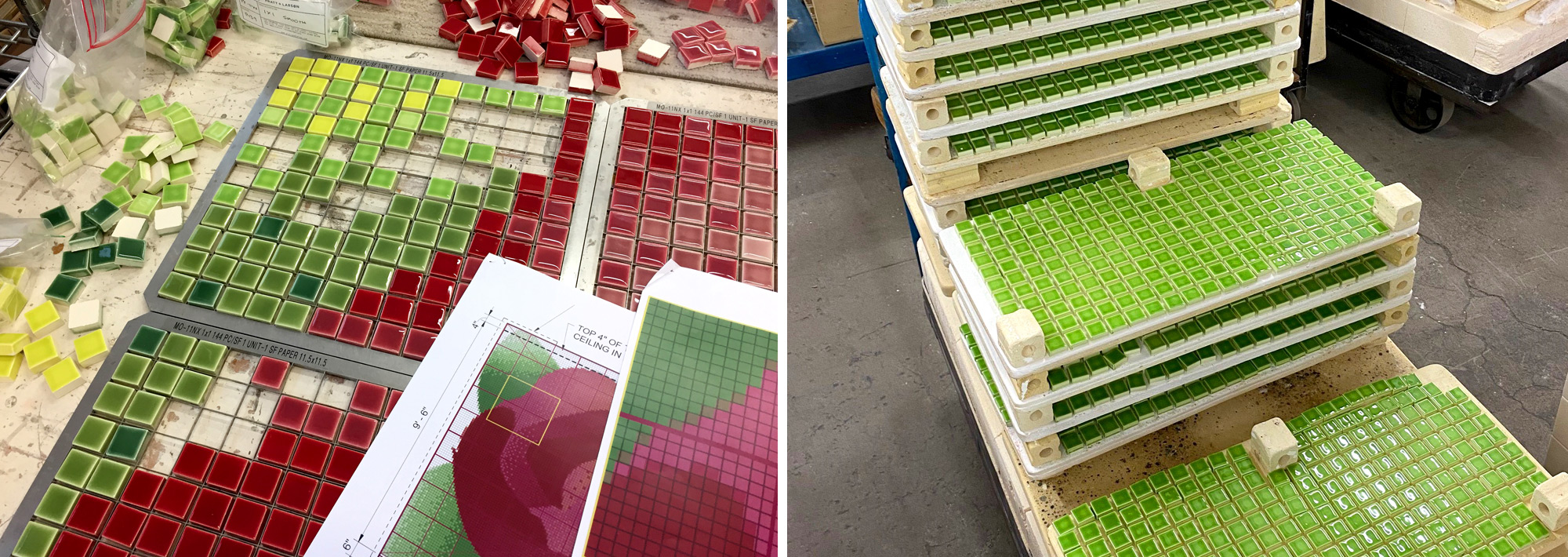
You can now spot Prestige's work in Concourses B and D, where the company collaborated with designer Sara Schmidt and local tilemaker Pratt + Larson to install two wall mosaics. Once the new main terminal is complete in 2026, you'll find four more—all installed by Nancy, Nick, and their crews.
We talked to Nancy and Nick about working at the airport. The conversation was edited for consistency and clarity.
On the impact of the mentor-protégé programNancy: I am such an advocate of that program. It laid the foundation for Prestige Tile & Stone. If I had not been in that program, and had the support I had from my mentors, I don't know where I would be today.
On installing the 700-square-foot mosaic in Concourse BNancy: Pratt + Larson provided us with these mosiacs that were over-the-top beautiful, but the skill level to install something like that — it's intricate. You can't just put it up on the wall and call it good. It took all of us working together.
Nick: Because there wasn’t much space, we first laid out the seven hundred 12-by-12-inch squares in an empty hangar and got approval from the architect. Then we had to re-box the squares in order, drive them over to the job site a mile away, and install them.
While you're doing the work, everybody’s under pressure and you forget to take it in. When the concourse opened, I can't tell you how many text messages we were getting, people saying, “We saw the mosaics and they’re great!”
On mentoring the next generation of tile settersNancy: Tile setters are artisans. Just because I can set tile in a backsplash does not make me a tile setter.
I have a hard time finding skilled employees. In 2018 and 2019, I started going to high schools to talk to students. My first question was, "Here we are at a school—how many trades do you think it takes to build it?" The most common answer is four: plumbing, HVAC, construction, and electricians. I shared that it takes over 60 trades to complete a project like this, and all these trades are looking for work. That sparks an interest.
I joined with other commercial tile setters to create an apprenticeship program. We met monthly for about two years to set it up. Now the apprenticeship program, hosted through ABC Apprenticeship, is state affiliated. We've been doing it for four years now, and we have 23 kids in the program.
On her experience at PDXNancy: There's something about working out at the airport—I don't think I could get more prestigious than that. I feel like I'm representing this entity that helped me get started.
On working as a mother-son teamNancy: I don't know how a married couple would do it, when they have to leave work and go back to the same house. At least Nick and I live in different places. (Laughs.) Overall, our values, our morals, and our integrity line up. That allows it to work. It's not the easiest thing, but I am extremely grateful to Nick.
